
High-quality metrology for quality control in the measuring room, production, incoming goods and development.
Gear Metering Pumps & Meter Mix Dispense Machines with highest accuracy for processing liquids and pastes.
High-precision rotary stroke bearings for backlash-free linear and rotational movements for use in machine and device construction.
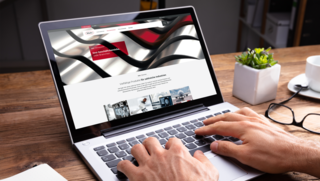
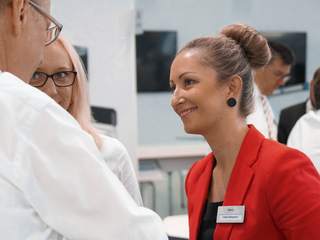
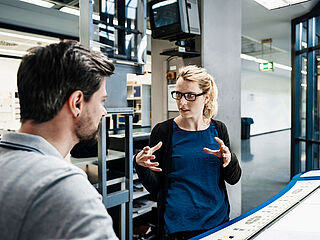
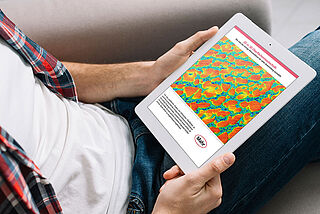

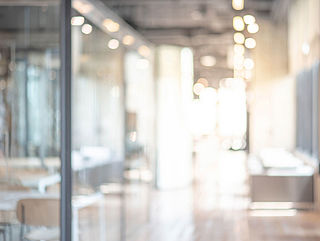
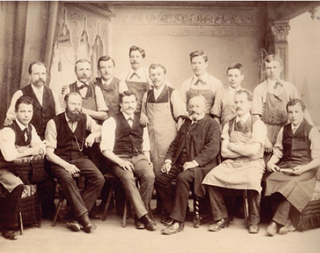



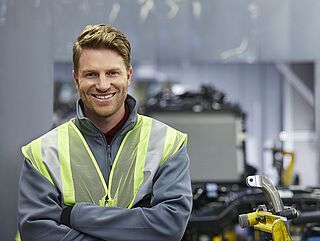

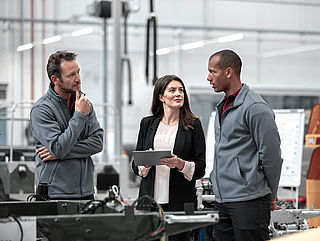
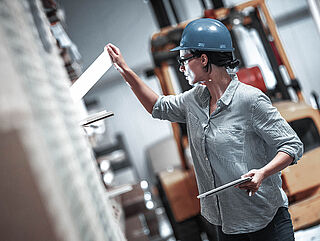
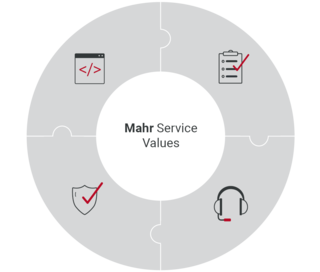






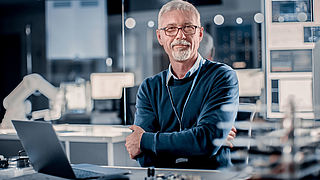
As an internationally active company, Mahr holds its patents not only in Germany, but worldwide.
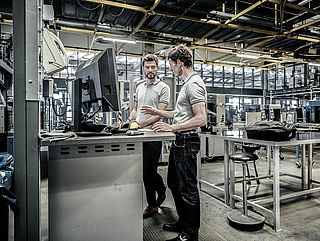
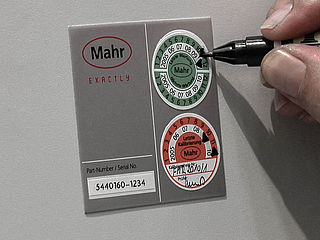
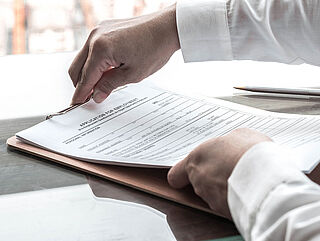
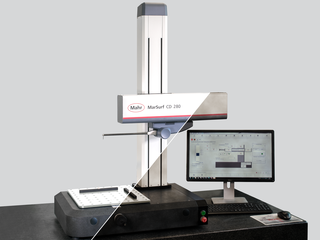
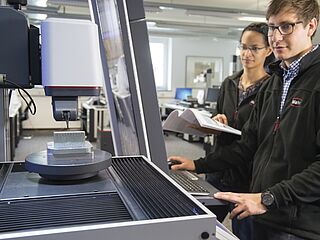
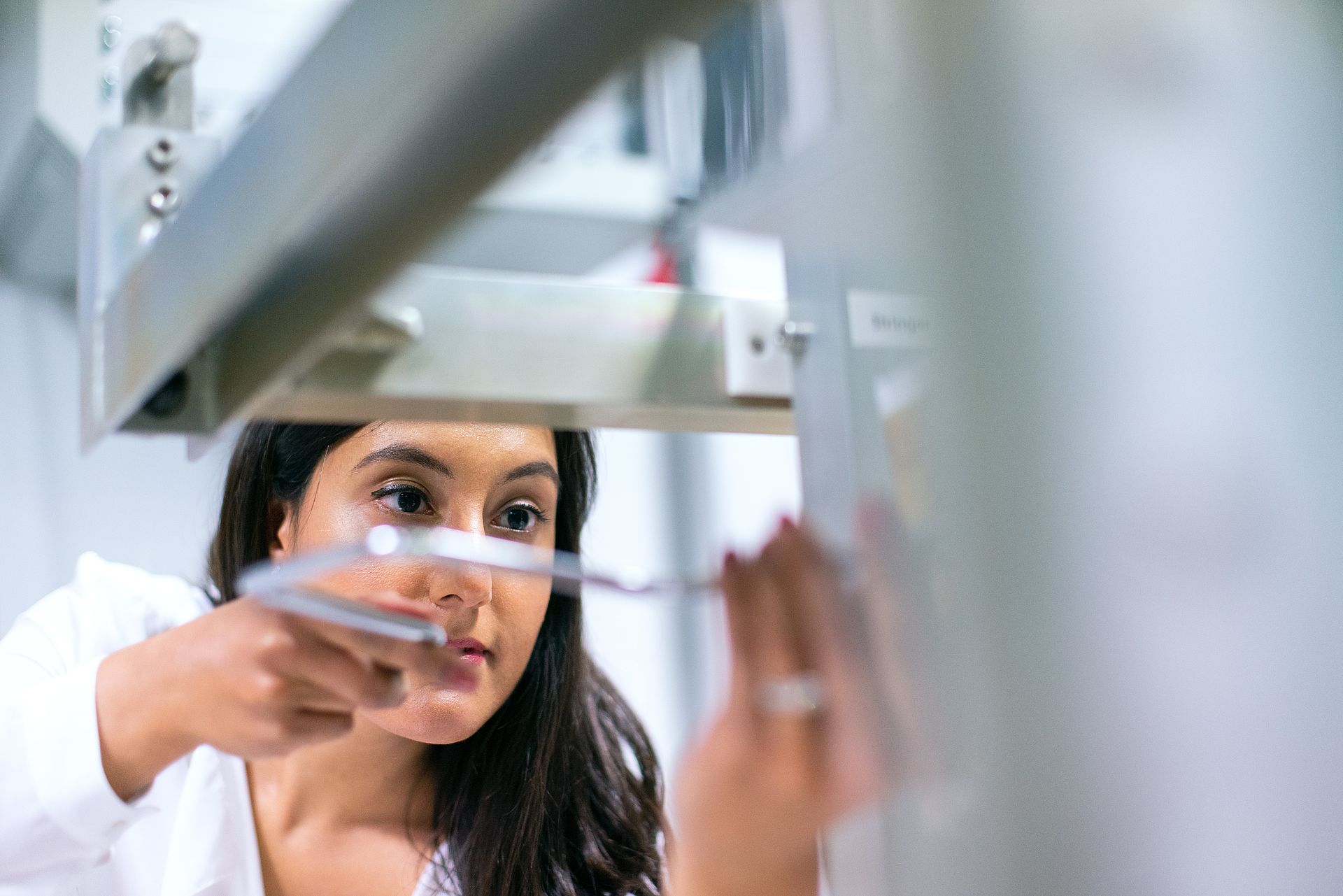
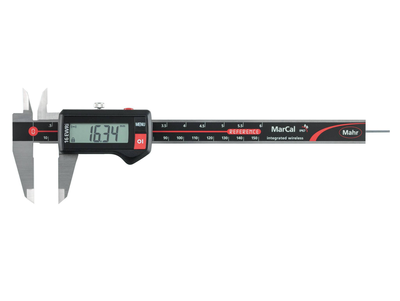
Innovative handheld measuring equipment from Mahr: Calipers, micrometers and dial indicators from analog to digital models with integrated wireless transmission. Mahr's comparative measuring instruments and reference standards are indispensable for your precise production metrology.
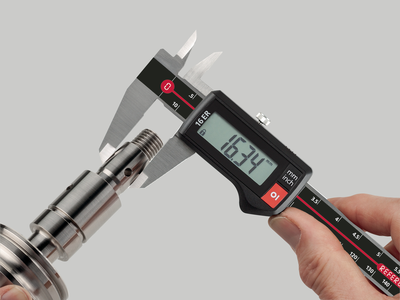
From analog to digital, the entire spectrum of calipers. Easy handling, wireless, and highly accurate. Perfect for efficient use in manufacturing.
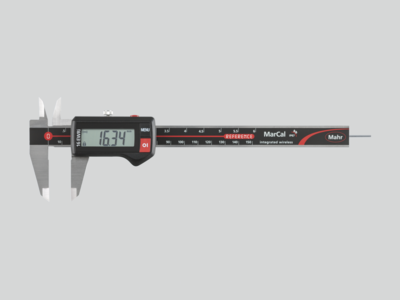
A safe, easy to read digital display, the modern design and the usual Mahr accuracy characterize our digital calipers. The range includes measuring instruments for all applications. Various interfaces for data transmission and protection rating up to IP 67 leave no demands unfulfilled.
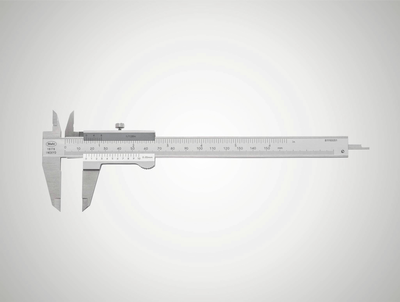
Glare-free reading, hardened steel, raised guideways to protect the scale and provide the highest accuracy. Features of a quality caliper from Mahr with the classic vernier caliper.
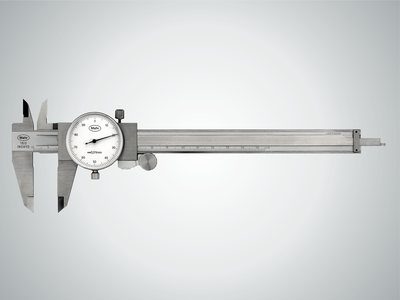
Large, high-contrast dial and shock-protected measuring tool for lasting precision. A tried and tested mechanical design for fast and safe reading.
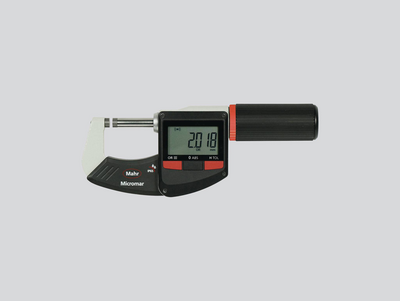
Maximum precision in a variety of designs. Micrometers from Mahr are available in conventional mechanical and digital and wireless versions.
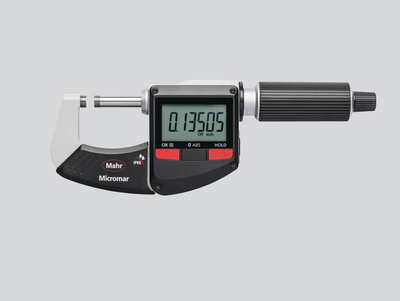
A clear digital display, modern design and the usual Mahr accuracy characterize our digital outside micrometers. The range includes measuring instruments for all applications. Various interfaces for data transmission and a high protection rating up to IP 65 leave no demands unfulfilled.
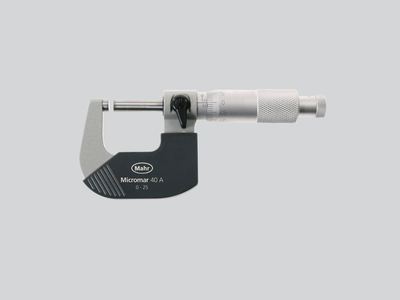
Anti-glare reading, thermal insulation plates and a precision-ground spindle for maximum accuracy. Features of a quality micrometer from Mahr.
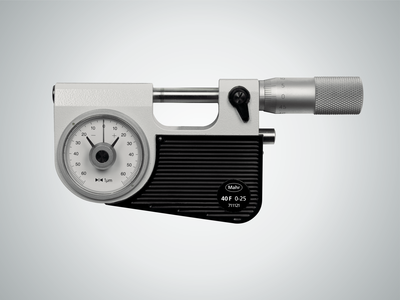
Particularly suitable for reliable and fast testing of series parts (shafts, bolts, shanks). The dimensional accuracy is recognized and read at a glance on the dial comparator.
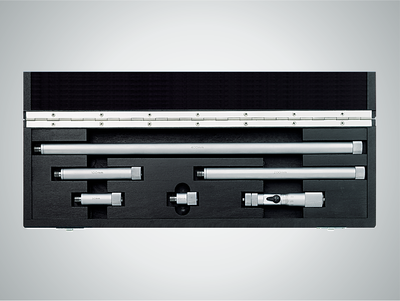
Suitable for measuring large diameters and testing distances up to 2,500 mm
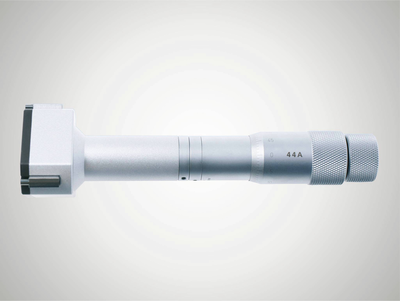
Available with scale or digital display or as a quick-measuring instrument with pistol-type grip. The Mahr 3-point inner measuring devices always provide reliable measuring results due to automatic self-centering.
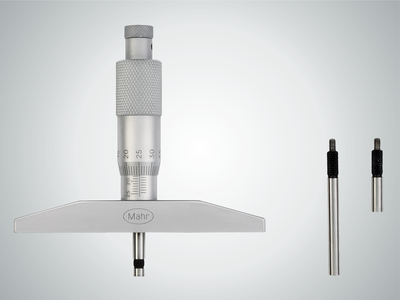
Anti-glare reading and a precision-ground spindle for maximum accuracy. Features of a quality micrometer from Mahr.

From analog to digital, the entire spectrum of dial gages, dial comparators and dial test indicators. Easy handling, wireless (optionally), and highly accurate. Perfect for efficient use in manufacturing.
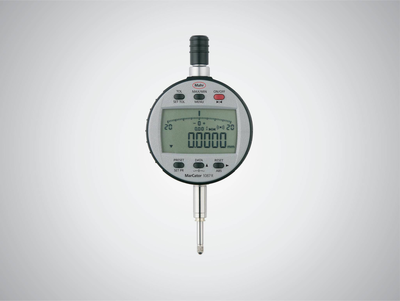
A clear digital display, robust construction and high Mahr accuracy characterize our digital dial gages. The range includes measuring instruments for all applications. Various interfaces for data transfer and a high protection rating up to IP 54 leave no demands unfulfilled.
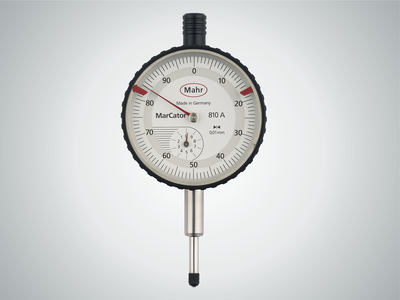
High sensitivity and accuracy due to: Solid mounting of the measuring tool axes, precision-geared wheels and pinions, high-precision mounted measuring pin.
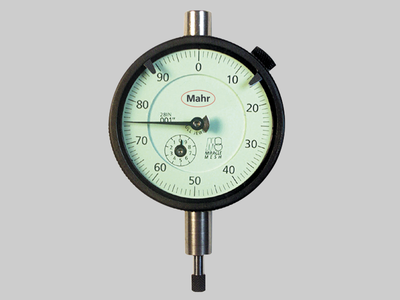
High sensitivity and accuracy due to: Solid mounting of the measuring tool axes, precision-geared wheels and pinions, high-precision mounted measuring pin
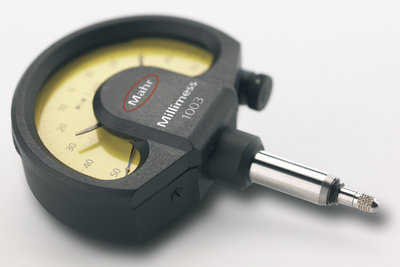
Compared to analog dial indicators, Millimess dial comparators have even more precise components, providing better measuring accuracy and a much improved hysteresis error. These advantages are particularly evident in runout tests, straightness and flatness measurements and comparative measurements.
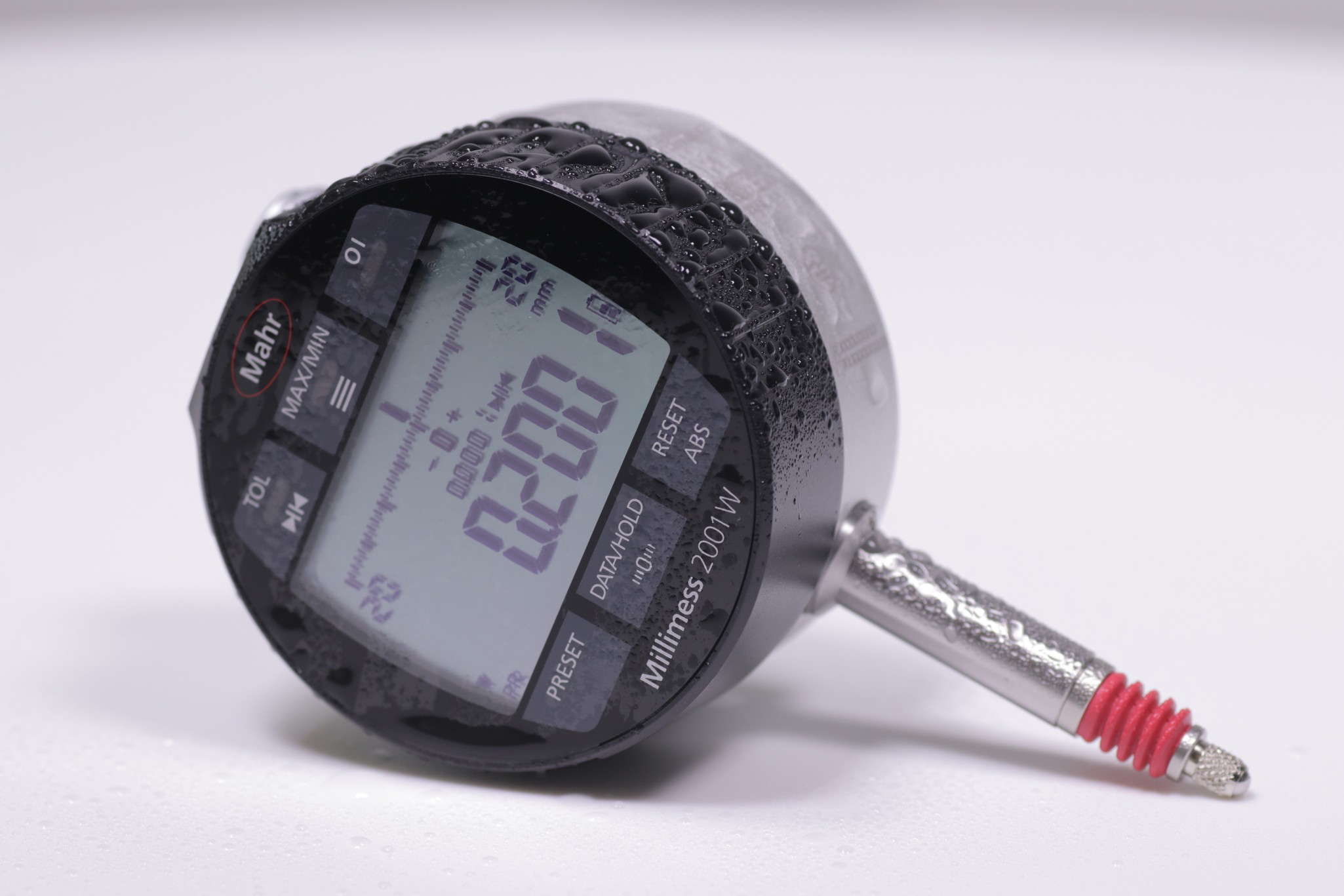
The high-precision inductive Millimess dial comparators are capable of digital increments of up to 0.2 μm. User-friendly operating functions such as tolerance monitoring, minimum or maximum recording for dynamic measurements, a combined numerical and scale display and simple data transfer make it an indispensable precision measuring instrument.
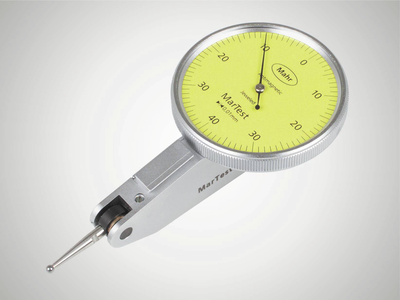
The sensitive computer-optimised measuring tool ensures maximum reliability and precision. For rough workshop use, the display is superbly protected against scratching or breakage by a hardened mineral glass pane, and a seal also provides reliable protection against penetrating liquids.
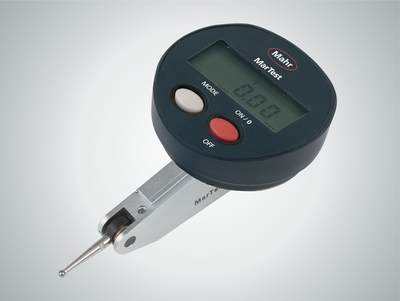
An easy-to-read digital display, the robust design and high Mahr accuracy characterize our digital dial test indicators.
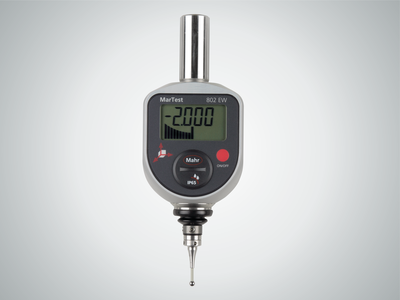
Mahr 3D measuring probes for NC machines, machining centers and eroding machines shorten setup and downtimes. Perfect for accurately contacting reference edges on workpieces and fixtures.
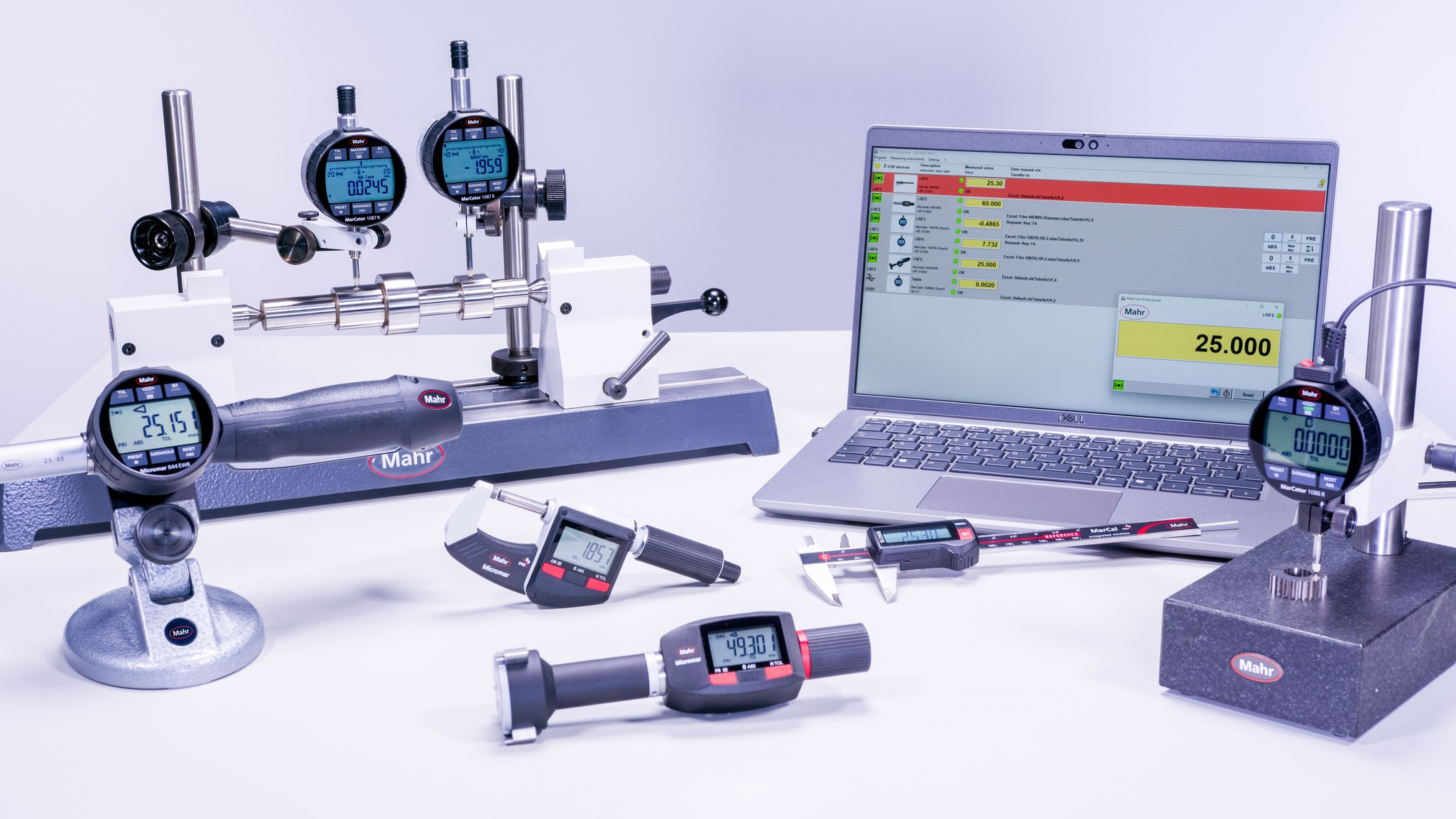
Whether Integrated Wireless, external wireless modules, USB, Opto RS232, or Digimatic: Regardless of which interface standard you use, MarConnect will always provide the best connection.
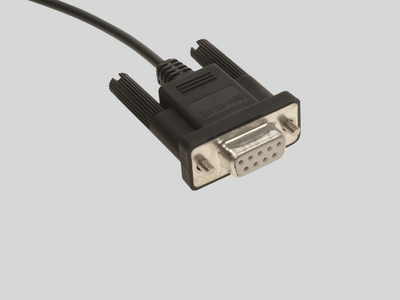
Many Mahr precision gages have a data output with MarConnect interface. Regardless of which interface standard you use, (USB, Opto RS232 or Digimatic), MarConnect will always provide the best connection.
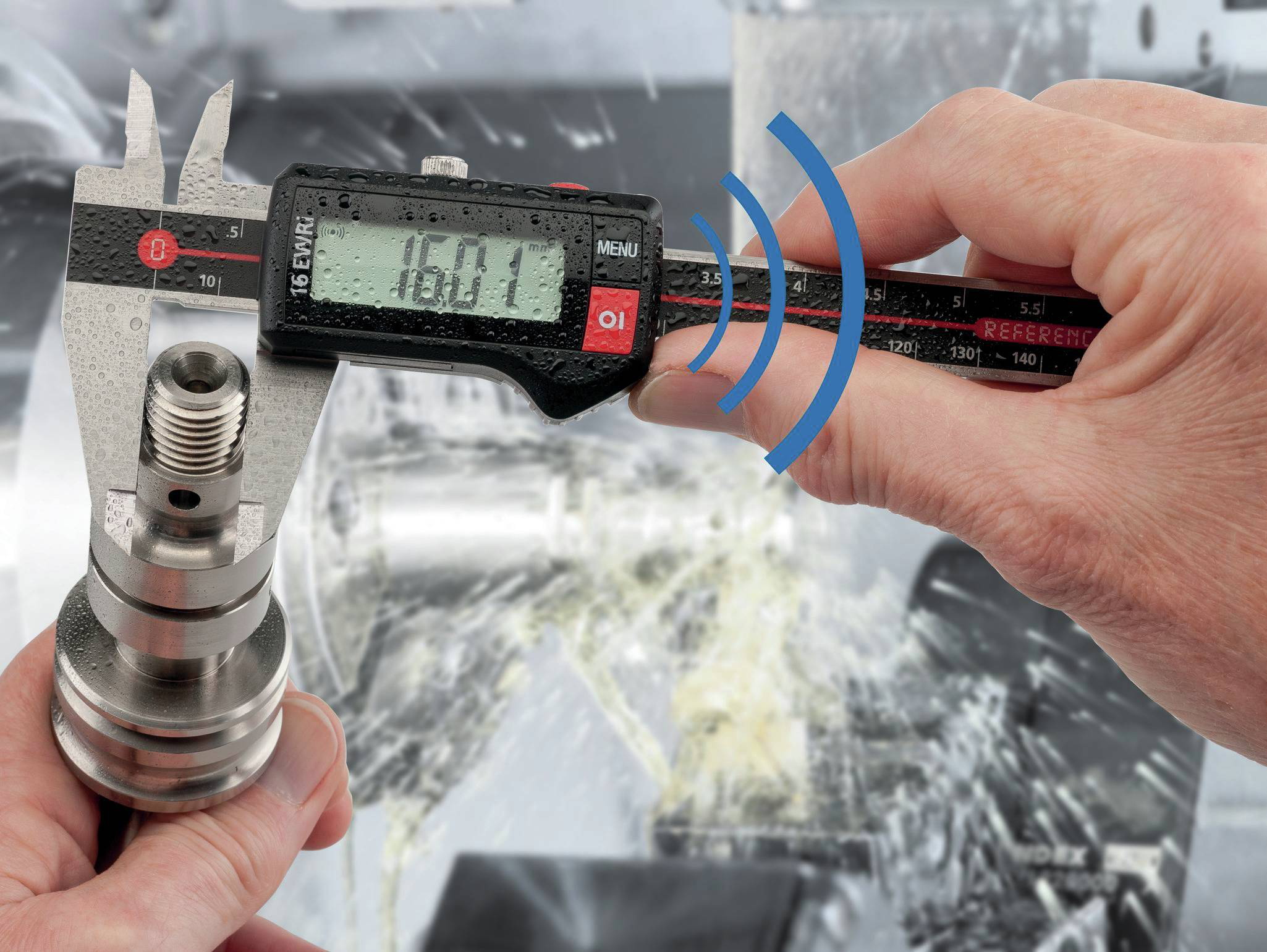
Mahr’s Wireless range guarantees you precise measuring results with full mobility. The modern and easy way to measure – without the restrictions of wired technology.
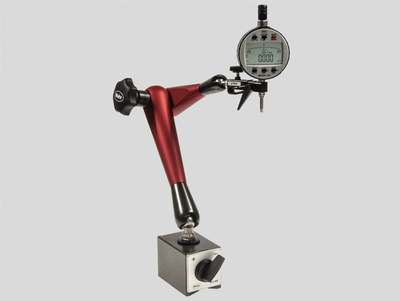
MarStand measuring tripods, measuring tables and radial run-out gages offer high stability, the basis for precise measuring results. They offer the necessary support for your dial indicators, dial comparators, dial test indicator measuring devices and measuring probes.
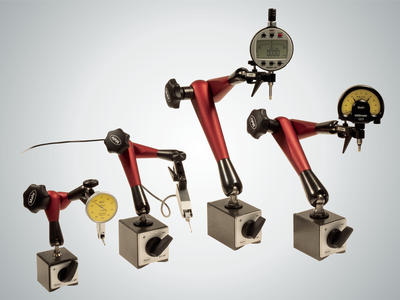
Measuring tripods provide the basis for precise measuring results due to their stable design. They offer the necessary support for your dial indicators, dial comparators, dial test indicator measuring devices and measuring probes.
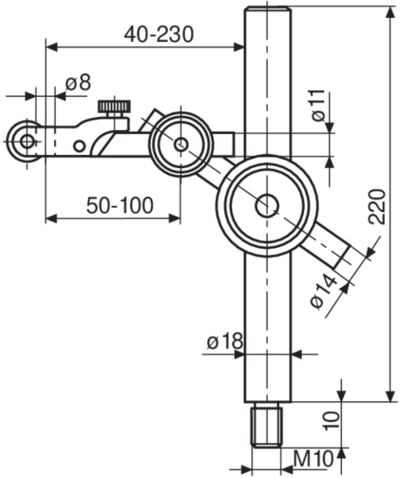
MarStand post and support assemblies are used for individual solutions and offer high stability, the basis for precise measuring results. They offer the necessary support for dial indicators, dial comparators, dial test indicator measuring devices and measuring probes.
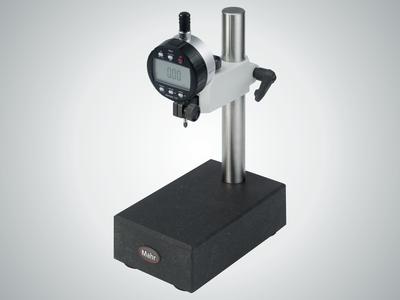
Measuring tables combine a precise and level measuring table, a stable measuring column and strong arm parts. MarStand measuring tables provide the basis for precise measuring results due to their extra stable design.
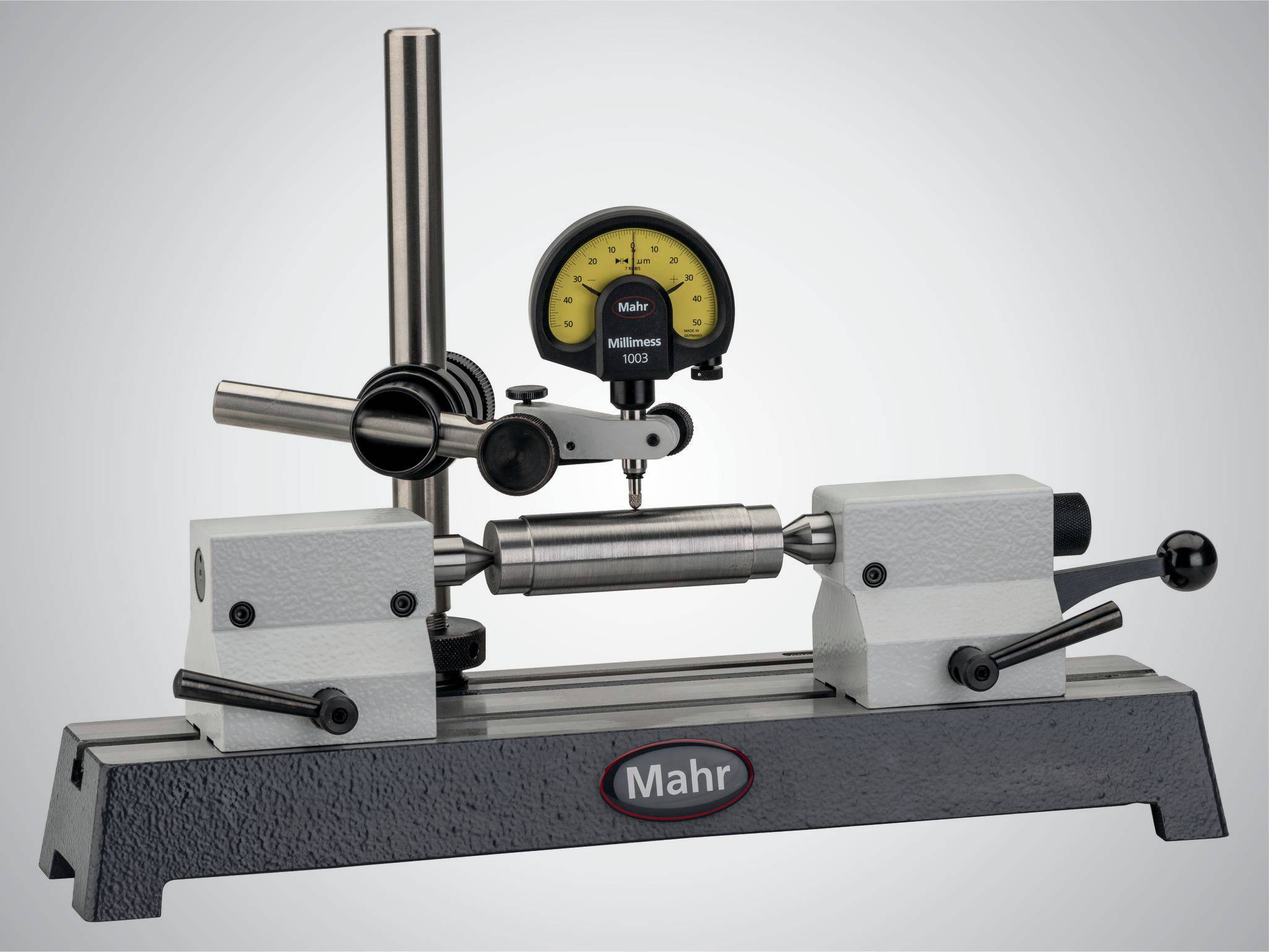
Radial run-out gages are the simplest method of detecting positional and form errors on shafts in a close-to-production environment. Due to the variety of models, the robust MarStand radial run-out gages form the basis for a wide range of workpiece requirements and precise measuring results.
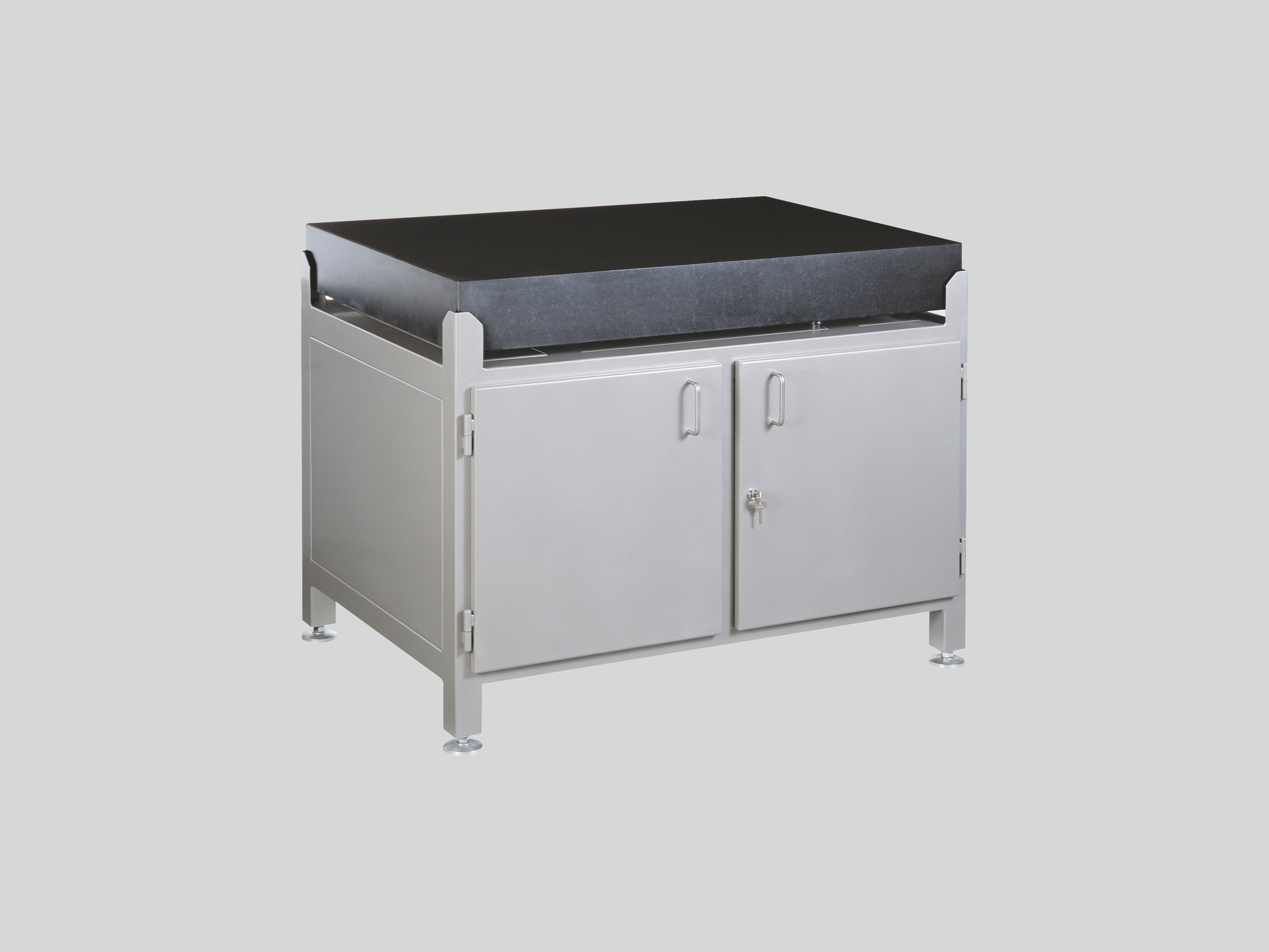
Test plates made of hard granite are the perfect surface for your height measurement instruments due to the plates’ high strength and dimensional stability.
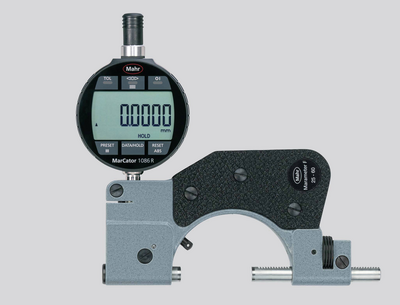
Using indicating gages as comparative gages make the perfect tool for precision measurements in manufacturing. Setting the gage to a reference standard reduces the deviation margin and minimizes the influence of temperature fluctuations on the measurement result.

Indicating snap gages are the perfect measuring tools for precision measurements of cylindrical parts such as shafts, bolts and shanks, especially for safe and fast tests on series parts. The dimensional accuracy is identified and read at a glance on the dial comparator.
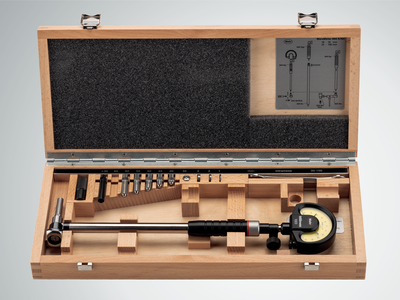
Inner measuring devices are the perfect tools for precisely measuring the diameter, roundness and conicity of holes.
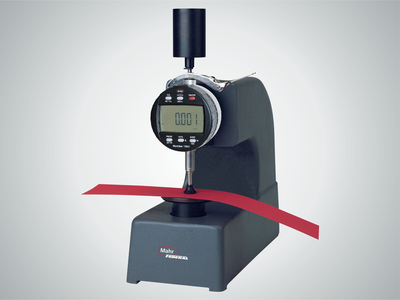
Our thickness gages offer a robust and simple range for particularly fast measurement of a variety of films, sheets, and plates.
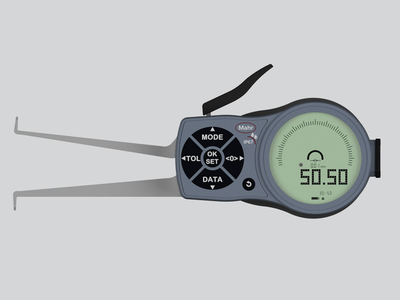
If common measuring instruments such as calipers or inner micrometer screws cannot be used due to the workpiece geometry, caliper gages are the perfect solution!
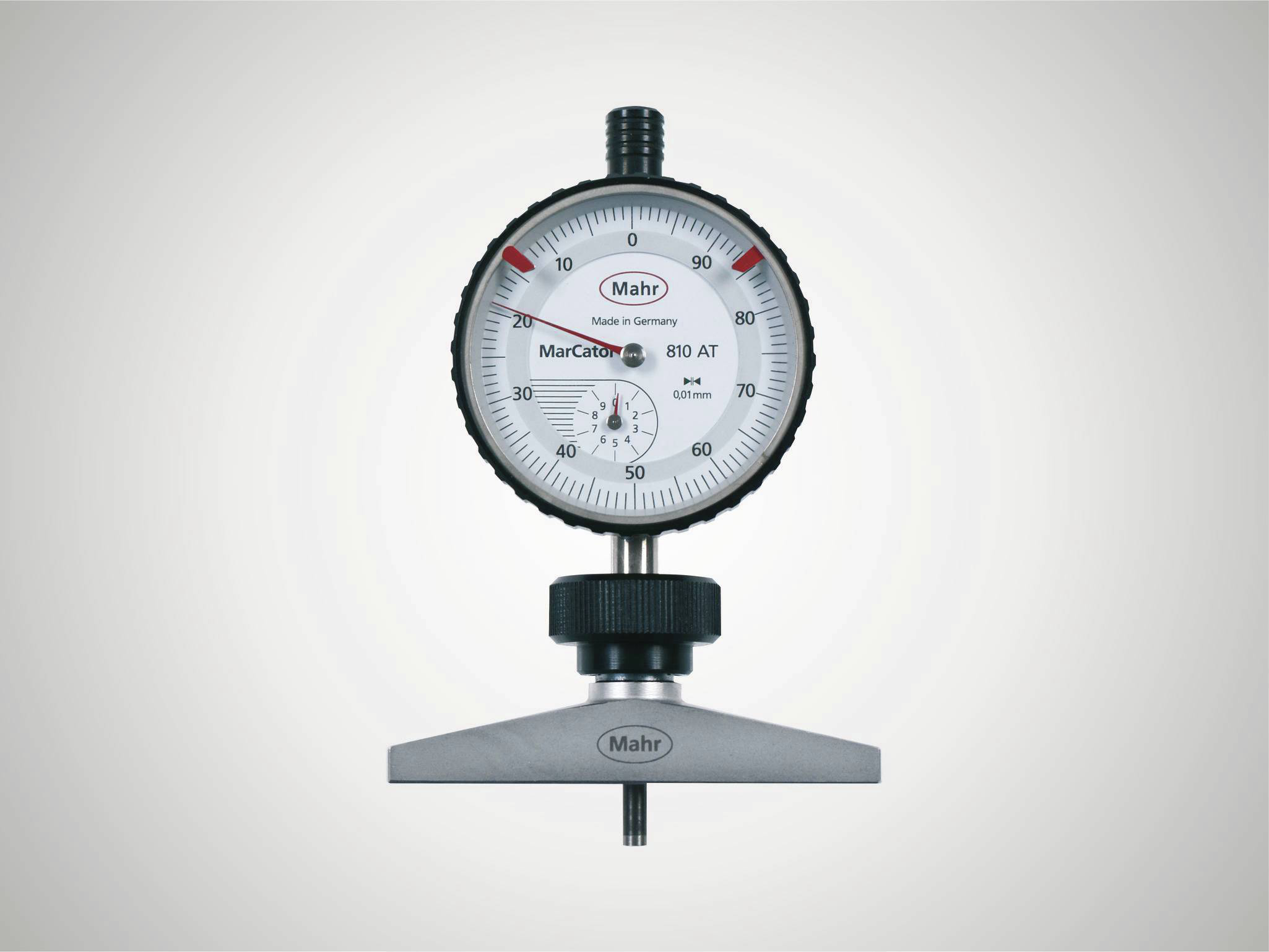
Our depth gages offer a robust and simple range for particularly fast depth measurements. The 8mm mounting shaft allows the use of dial indicators, dial comparators and probes according to the measuring task.
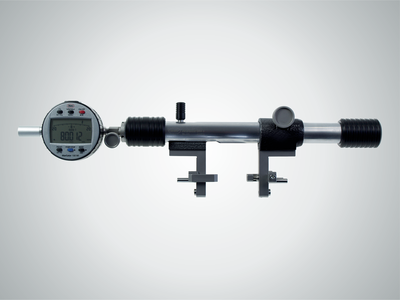
Universal measuring instruments are the perfect partners for precision measurements in production, because the comparison measurement to a reference standard minimizes the influence of temperature fluctuations on the measurement result.

No matter whether gear, thread, taper or recess: Multimar universal measuring instruments are an ideal solution for almost all internal and external measurements for which standard measuring instruments are not suitable. A choice of basic units and an extensive range of accessories are available.
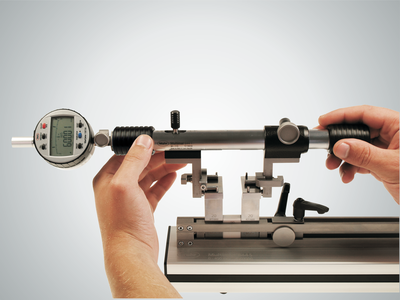
Accurately adjust your inside and outside measuring instruments. When using the 844 S setting instruments, you are perfectly equipped for every measuring task - even for larger dimensions.
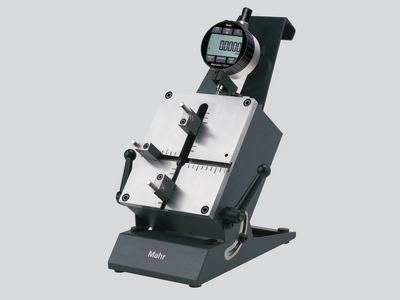
No matter whether centering shoulders, narrow collars or recesses: The Multimar 36B universal measuring instruments are an ideal solution for almost all inner and outer measurements. A choice of basic units and an extensive range of accessories are available.

Trust in Mahr setting standards and gages - because they are the basis for precise measuring results.
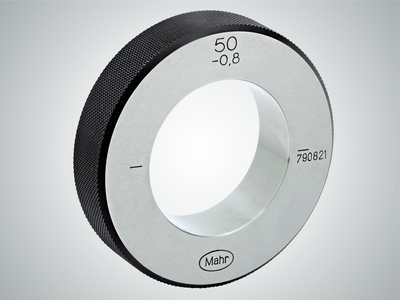
Trust in Mahr’s setting standards - because they are the basis for precise measuring results.
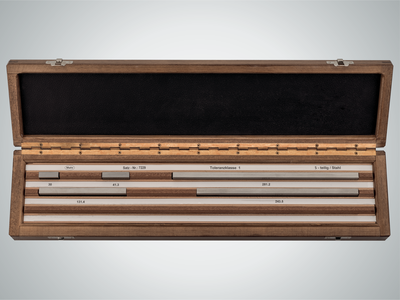
Mahr gage blocks ensure that you have high-quality reference and working standards at your disposal. Choose from four tolerance classes and two materials to suit the requirements of your workshop, production or quality assurance.
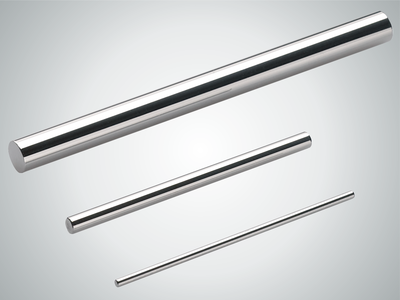
Mahr pin gages are available in three tolerance classes and various designs. Choose the device to suit the requirements of your workshop, production or quality assurance.

The requirements for electrical length measuring instruments are just as varied as their applications. Excellent reliability, precision and simple operation are called for.
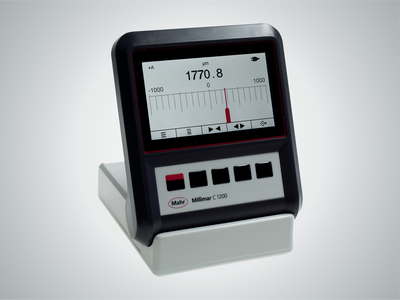
The requirements for electrical length measuring instruments are just as varied as their applications. Excellent reliability, precision and simple operation are called for. Millimar compact and column measuring instruments meet these requirements.

Millimar length measuring instruments are compact, robust, and easy to use. They are versatile evaluation and indicating instruments for measuring tasks of manageable complexity in the production area and in the measuring room.
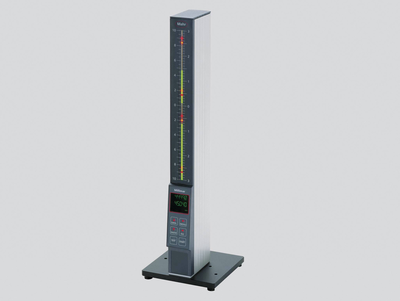
Measurement results are displayed on 101 three-color LEDs and can easily be read from a distance. If the programmable warning and tolerance limits are exceeded, the segments change color from green to yellow or red.
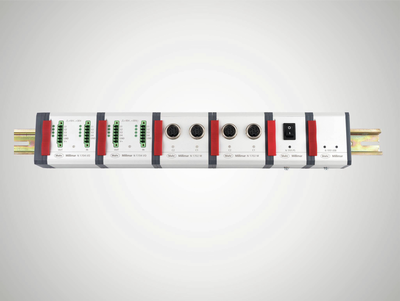
The diverse combination options of modules and software provide the opportunity to design a working environment and tools more individually than ever before.
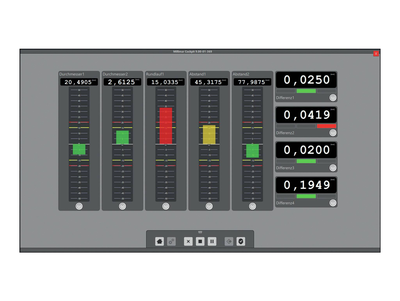
Smart and universally applicable software for complex measurement tasks in the manufacturing sector
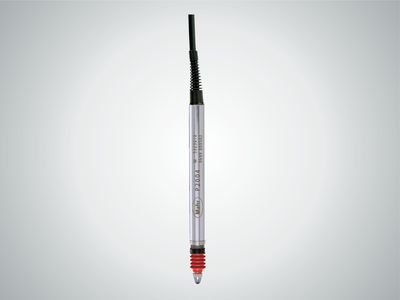
Millimar transducers are the most important components of a measuring chain. Their characteristics determine the quality of the entire measurement. Depending on the application, various technologies are available for this purpose. For example, Millimar inductive measuring probes: These products are rugged, versatile and attractively priced.

No matter whether thickness measurement, radial runout or concentricity: With the inductive probes you can record measured values and deviations independent of shape, support or radial runout deviations. Their great advantage is the large linearity range and the relative insensitivity to interference. The probes are mainly used for comparative measurements in production, but the specific tasks of the sensor can vary.
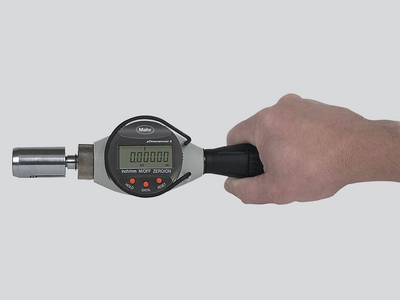
Pneumatic length measuring instruments are characterized by their high accuracy and long-term stability. Non-contact measurement with measuring nozzles does not damage the workpieces. Even workpieces that are uncleaned, oiled, lubricated or coated in lapp
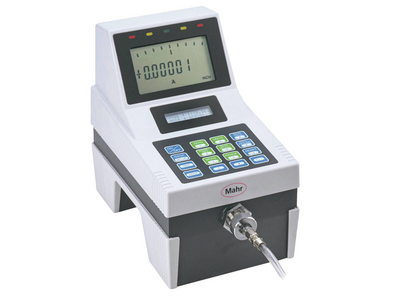
Millimar length measuring instruments are compact, robust, and easy to use. They are versatile display and evaluation devices for measuring tasks of manageable complexity in the production area.
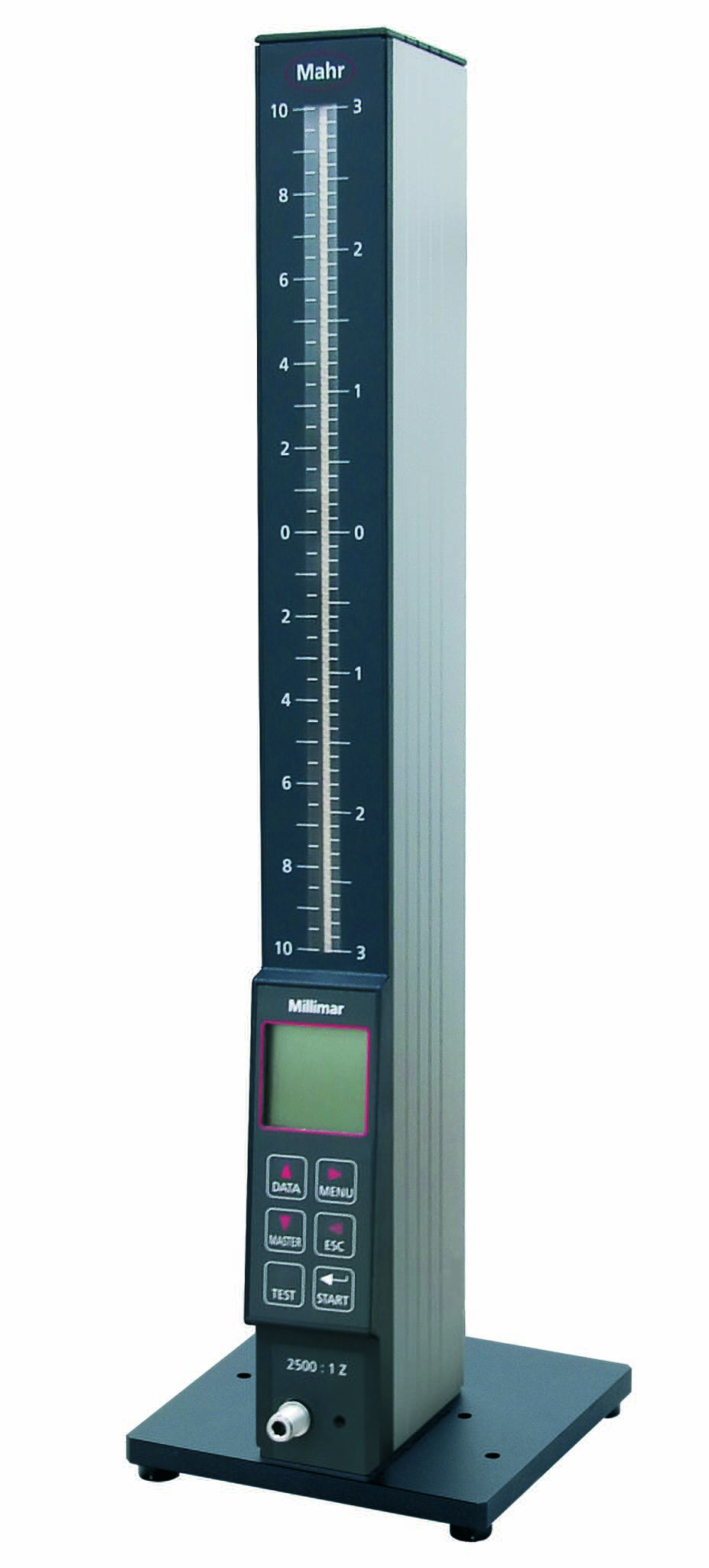
Measurement results are displayed on 101 three-color LEDs and can easily be read from a distance. If the programmable warning and tolerance limits are exceeded, the segments change colors from green to yellow or red.
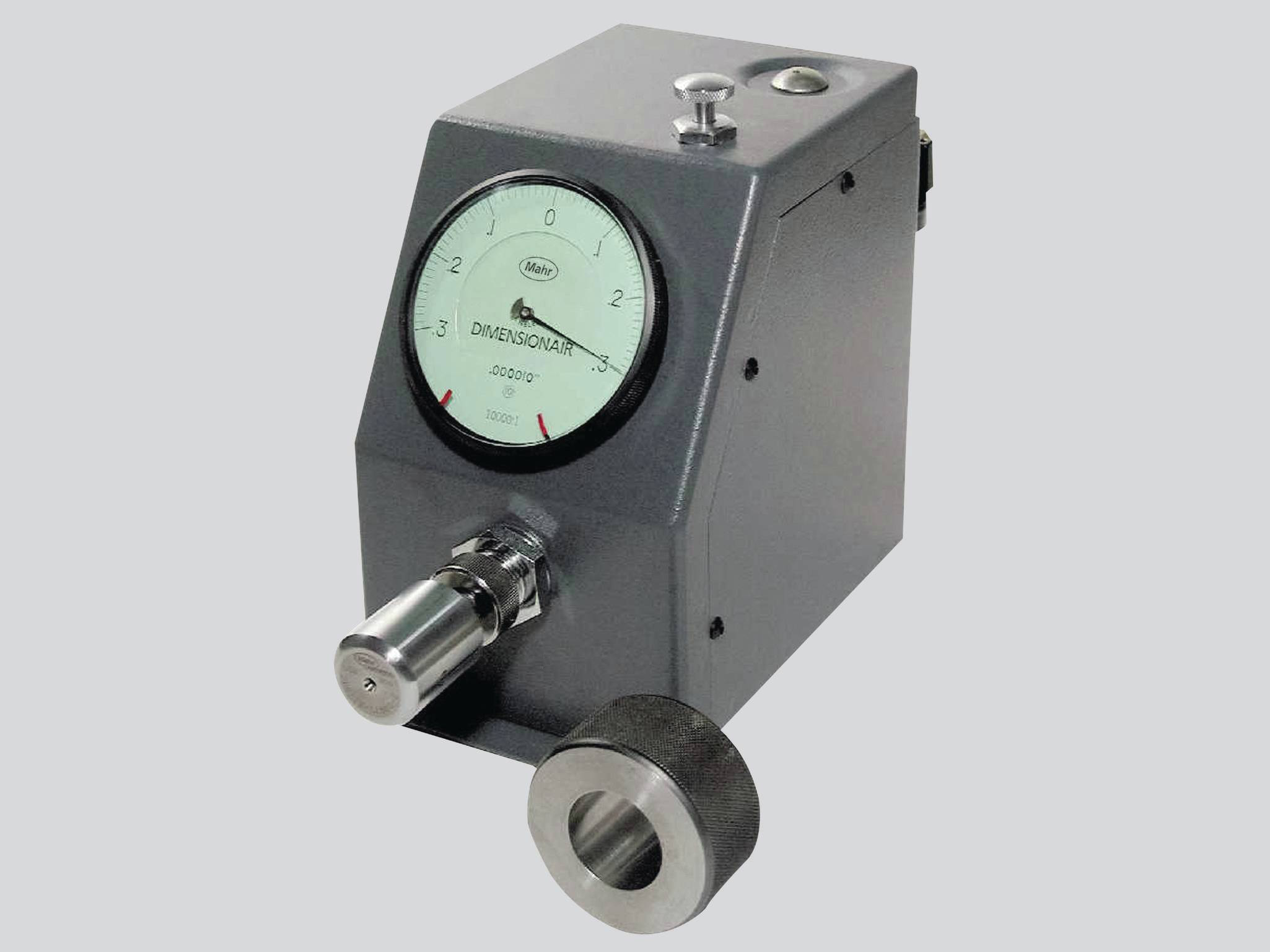
The Millimar pneumatic measuring devices quickly and accurately record dimensional deviations. It has proven itself for many years in the industrial production and measuring room.

For measurement and evaluation on the go.
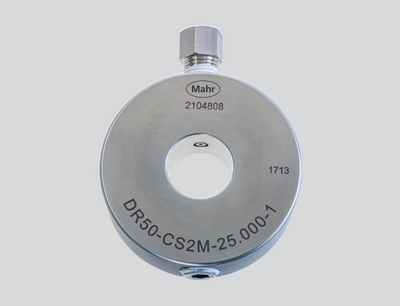
Non-contact measuring, using pneumatic measuring rings, no damage to the workpieces.
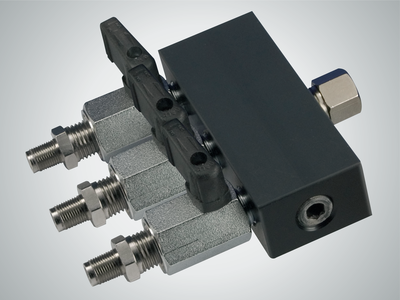
Adapt the measuring station to your measuring task with the accessories for air measuring technology.
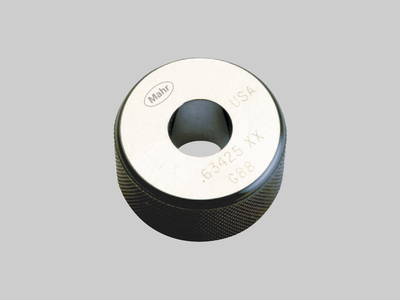
Trust in Mahr’s setting standards - because they are the basis for precise measuring results
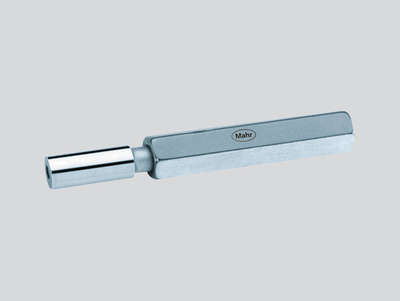
Setting of pneumatic measuring instruments (nozzle ring gages) Meticulously hardened, aged, ground and lapped.

Setting of pneumatic measuring instruments (nozzle plug gages) Meticulously hardened, aged, ground and lapped.
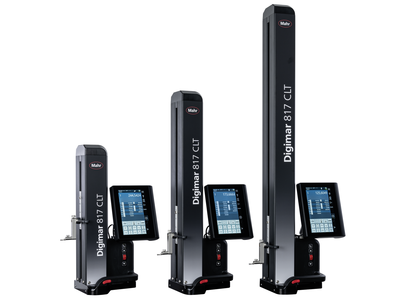
Want to aim high with your measurements? Digimar is the one for you!
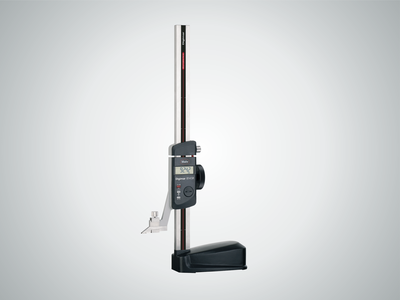
For scribing and marking workpieces in the workshop. Easy measurement of heights and distances.
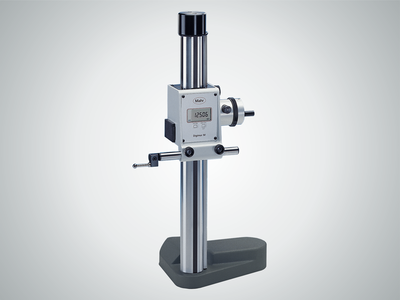
Easy measurement of heights and distances between bores, surfaces and edges. Suitable for scribing and marking workpieces with additional accessories.
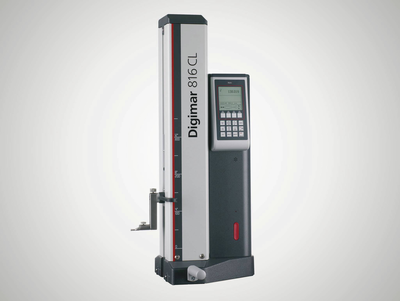
A motorized height measuring instrument with outstanding accuracy and reliability due to the optical incremental measurement system with the double reader head.
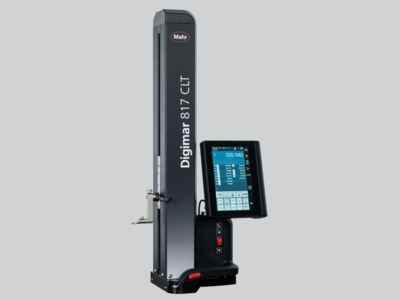
Touch operation, ergonomic handling and a wide range of evaluation options: This is what the Digimar 817 CLT height measuring device stands for.
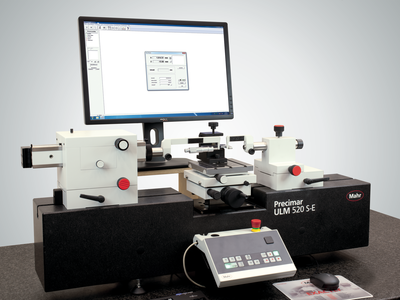
Precision length metrology stands for high-precision dimensional metrology – for both absolute and relative measurements.
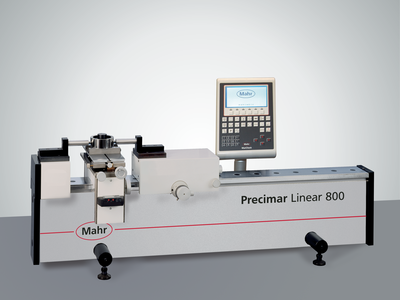
Universal, easy-to-use length measuring and setting devices for the shop floor
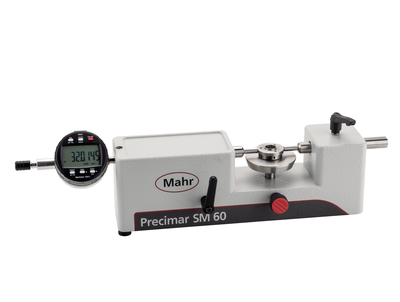
Universal, easy-to-use length measuring and setting devices for the shop floor

Due to the wide product range from the simple gage block test stand, fully automatic dial gauge test stand, and the ULM devices to the ultra-precise and partially automated CiM universal measuring machine, Mahr always offers a practical solution for production, measuring rooms and calibration laboratories. In other words: Maximum precision combined with extremely efficient measuring processes.
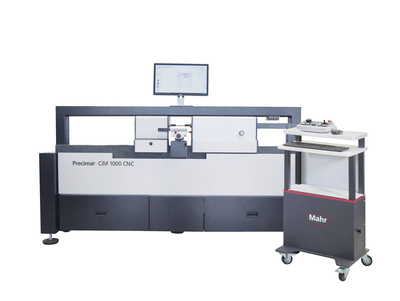
Whether classic ULM or motorized PLM and CiM instruments. Mahr universal length measuring machines enable user-friendly, fast and reliable measurement with minimal uncertainty.
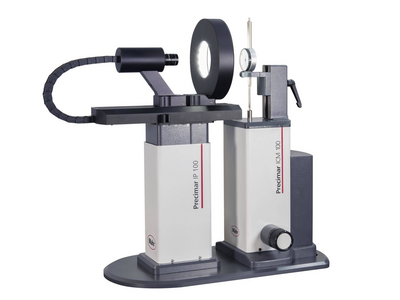
Semi-automatic and fully automatic testing of dial indicators, dial test indicator measuring devices, dial comparators and probes - efficient and precise.

Semi-automatic and fully automatic testing of dial indicators, dial test indicator measuring devices, dial comparators and probes - efficient and precise.
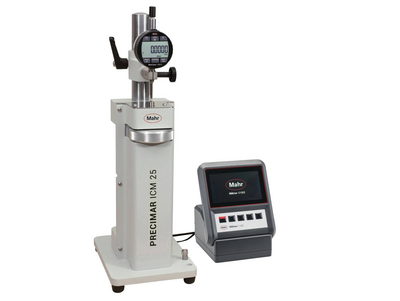
Manual testing of dial gages, dial test indicators and comparators - easy and precise
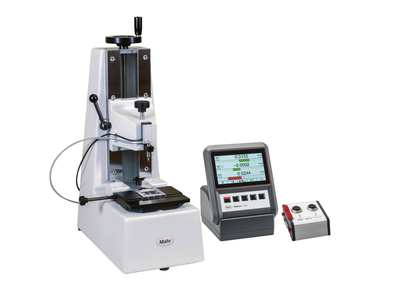
Trust in Mahr gage block comparators - because they are the basis for the precise testing of your standards
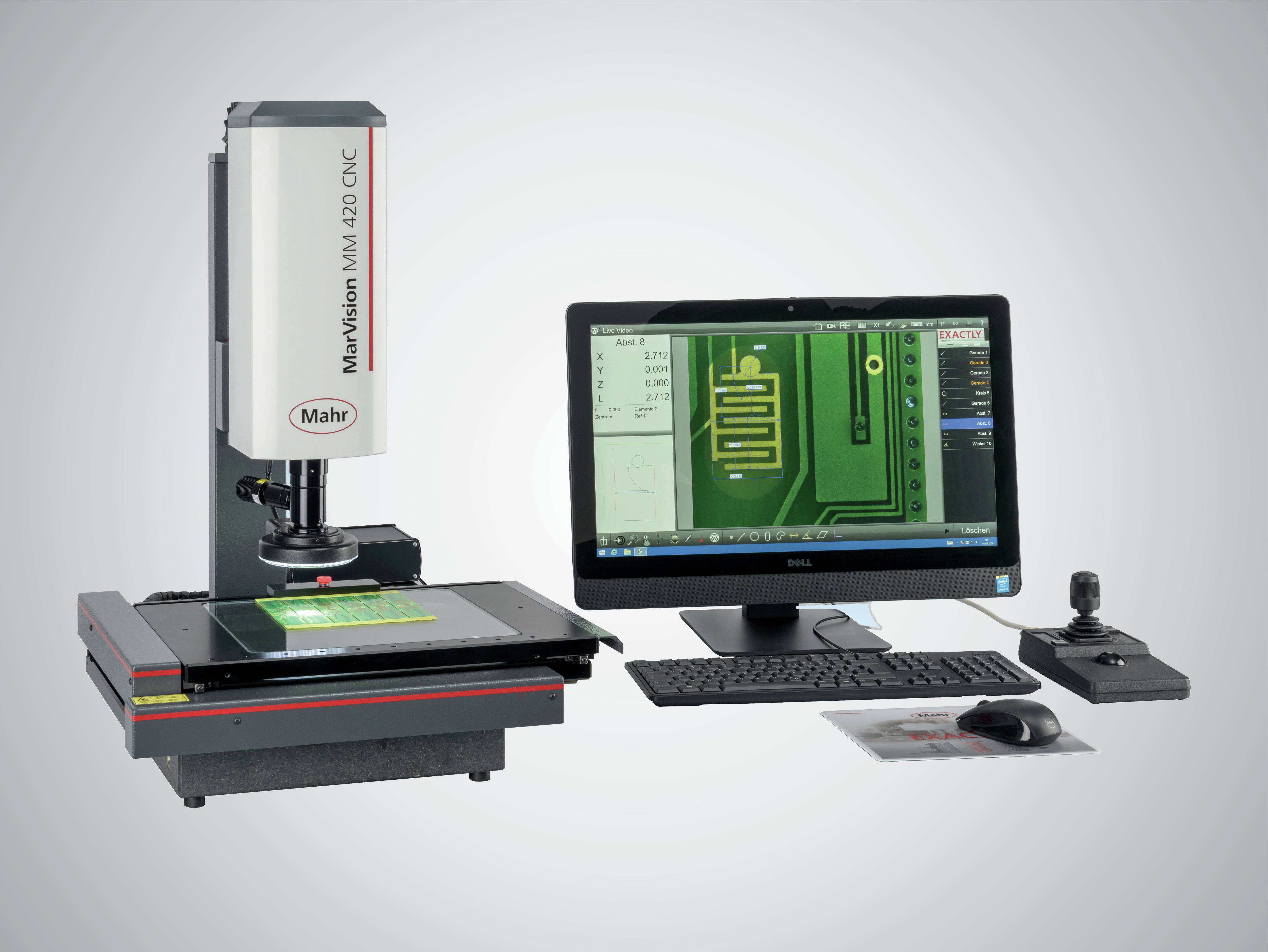
Microscopes are used in almost all industries for the quick inspection of distances, radii, and angles. In the laboratory or close to production.

Microscopes are used in almost all industries for the quick inspection of distances, radii, and angles. In the laboratory or close to production.
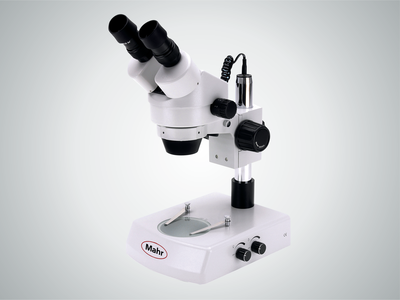
Stereo zoom microscopes with high-quality lens for bright, sharp three-dimensional images. Binocular or trinocular with additional use of digital cameras.
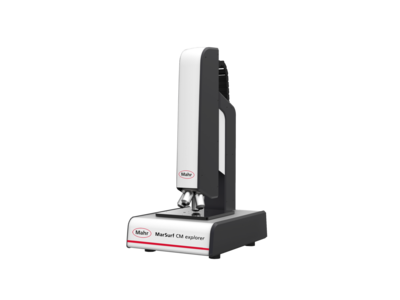
Surface metrology for industry and research
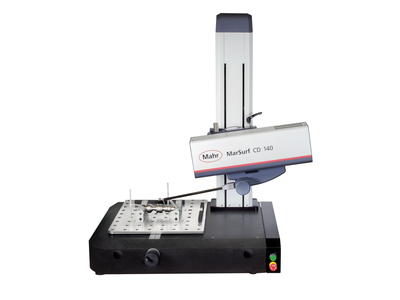
Structured functional surfaces with strict tolerances require high-precision measuring systems that record the topography of a workpiece or object over a short area in a minimum of time.
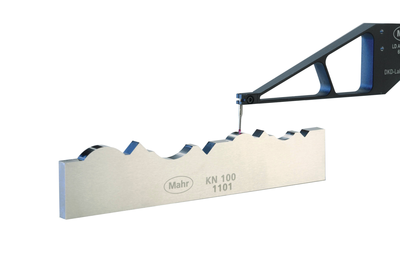
Contour measurement technology is used to determine rough shape deviations.

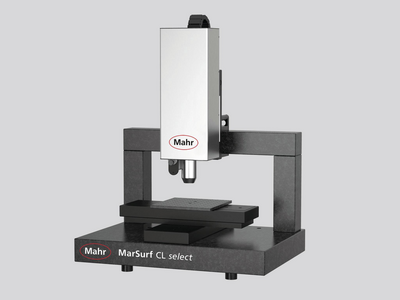
Precisely measure contours with optical measuring instruments
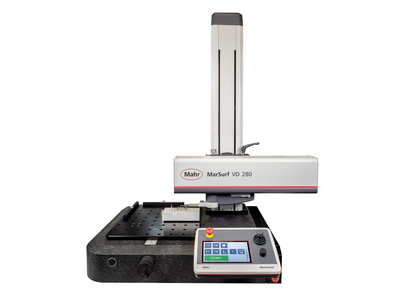
Contour and roughness measurement combined: The professional allrounder
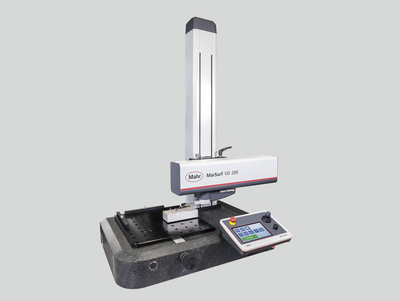
Contour and roughness measurement combined: The professional allrounder

2D/3D Contour measurement as well as roughness measurement acc. to ISO 25178 / ISO 4287
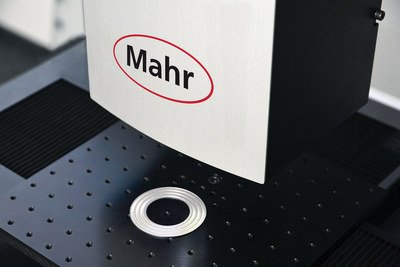
3D surface metrology for industry and research
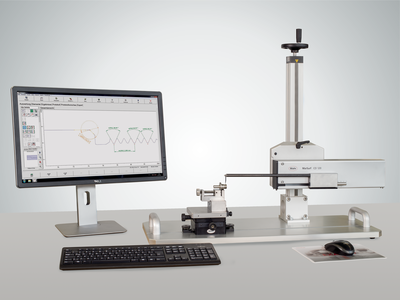
Measure everywhere with mobile measuring devices!
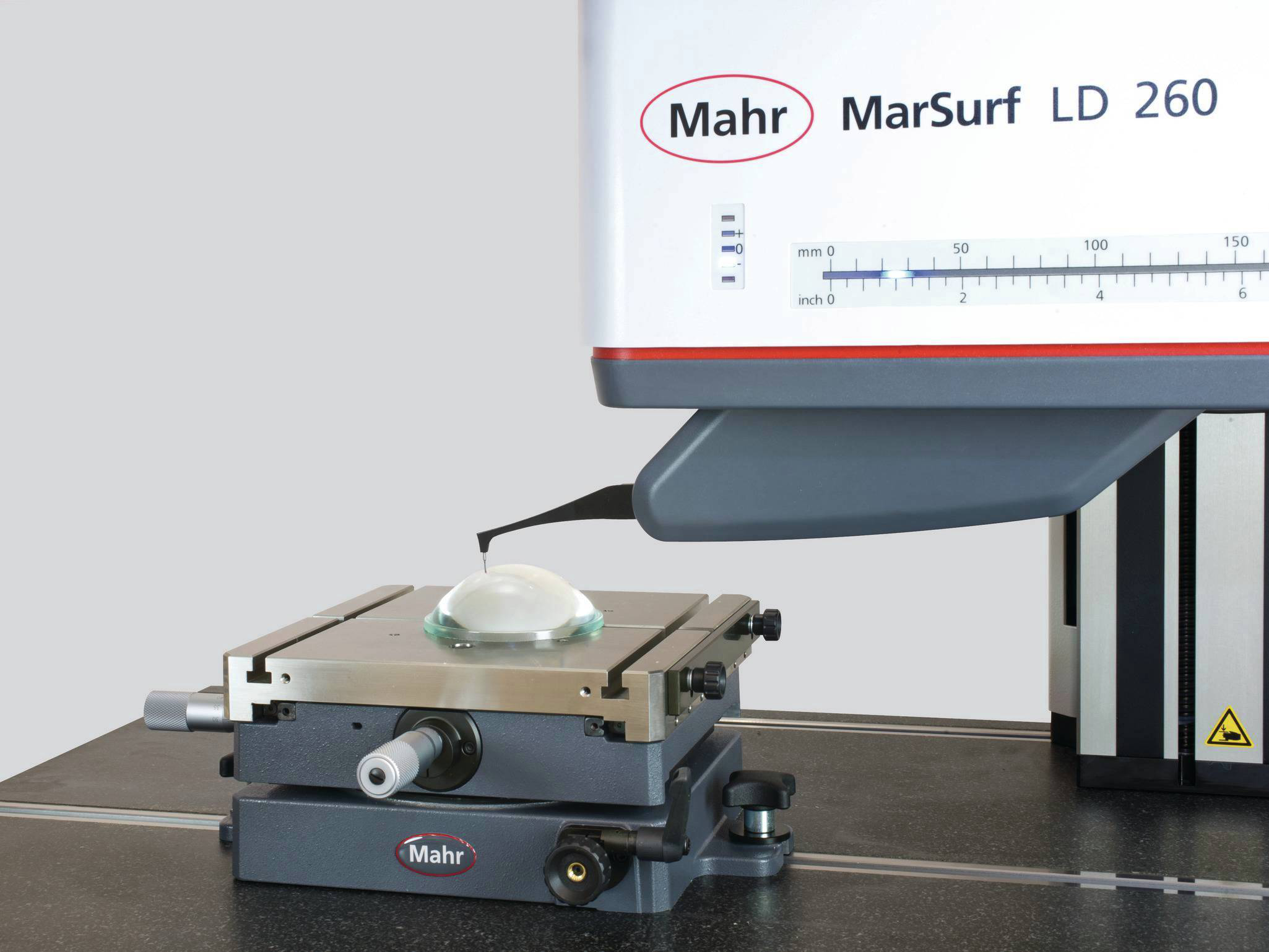
Measuring stations for the measurement of high-precision lenses
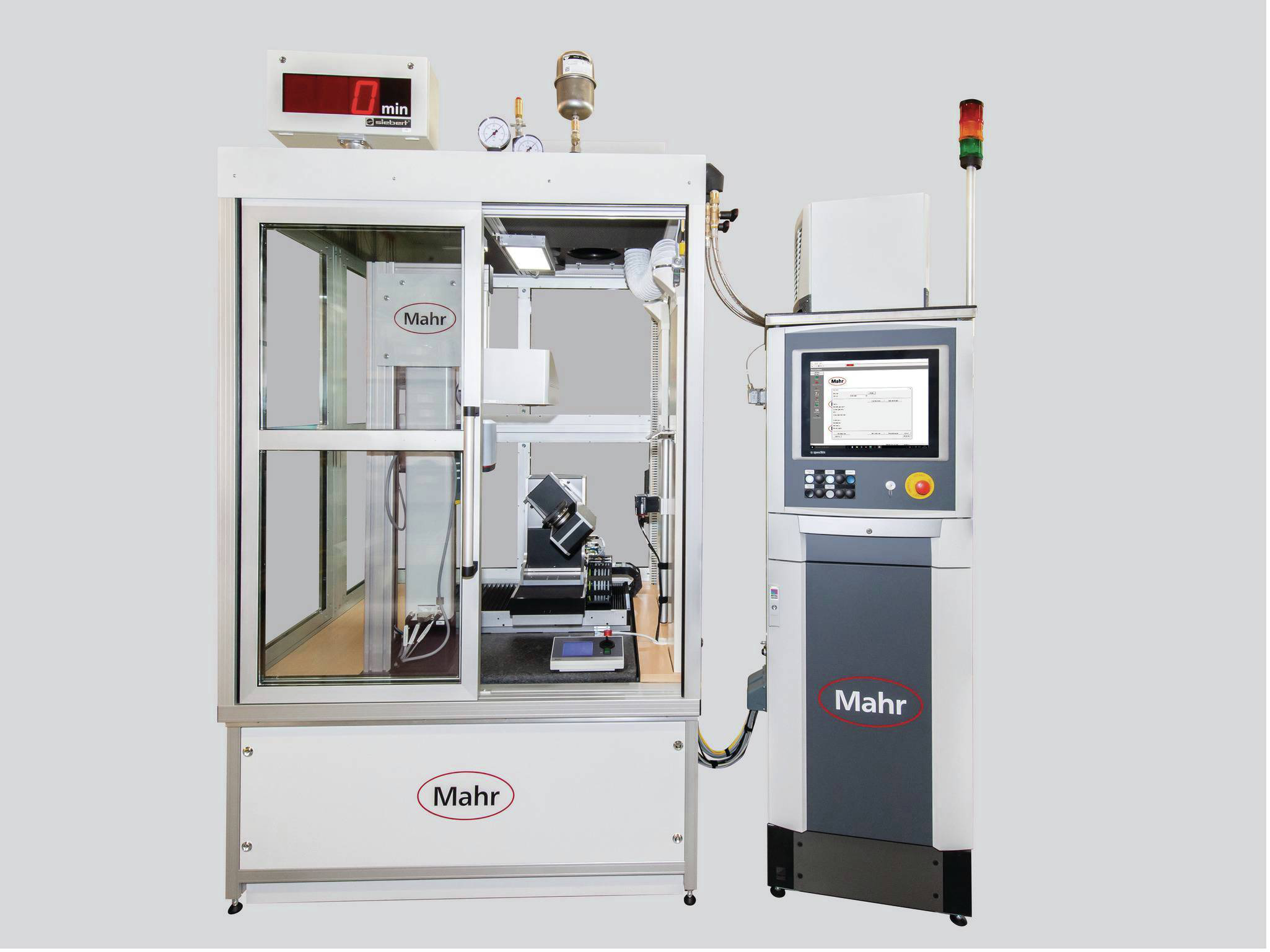
When standard solutions are no longer enough: Individual customized solutions
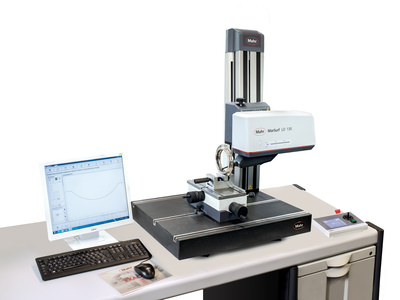
Structured functional surfaces with strict tolerances require high-precision measuring systems that record the topography of a workpiece or object over a short area in a minimum of time.
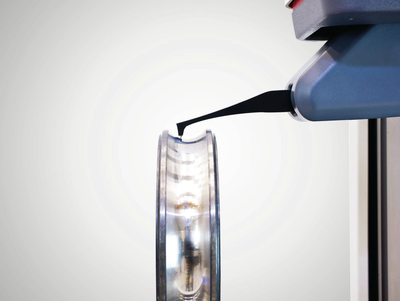
Versatile and powerful in measuring rooms and laboratories
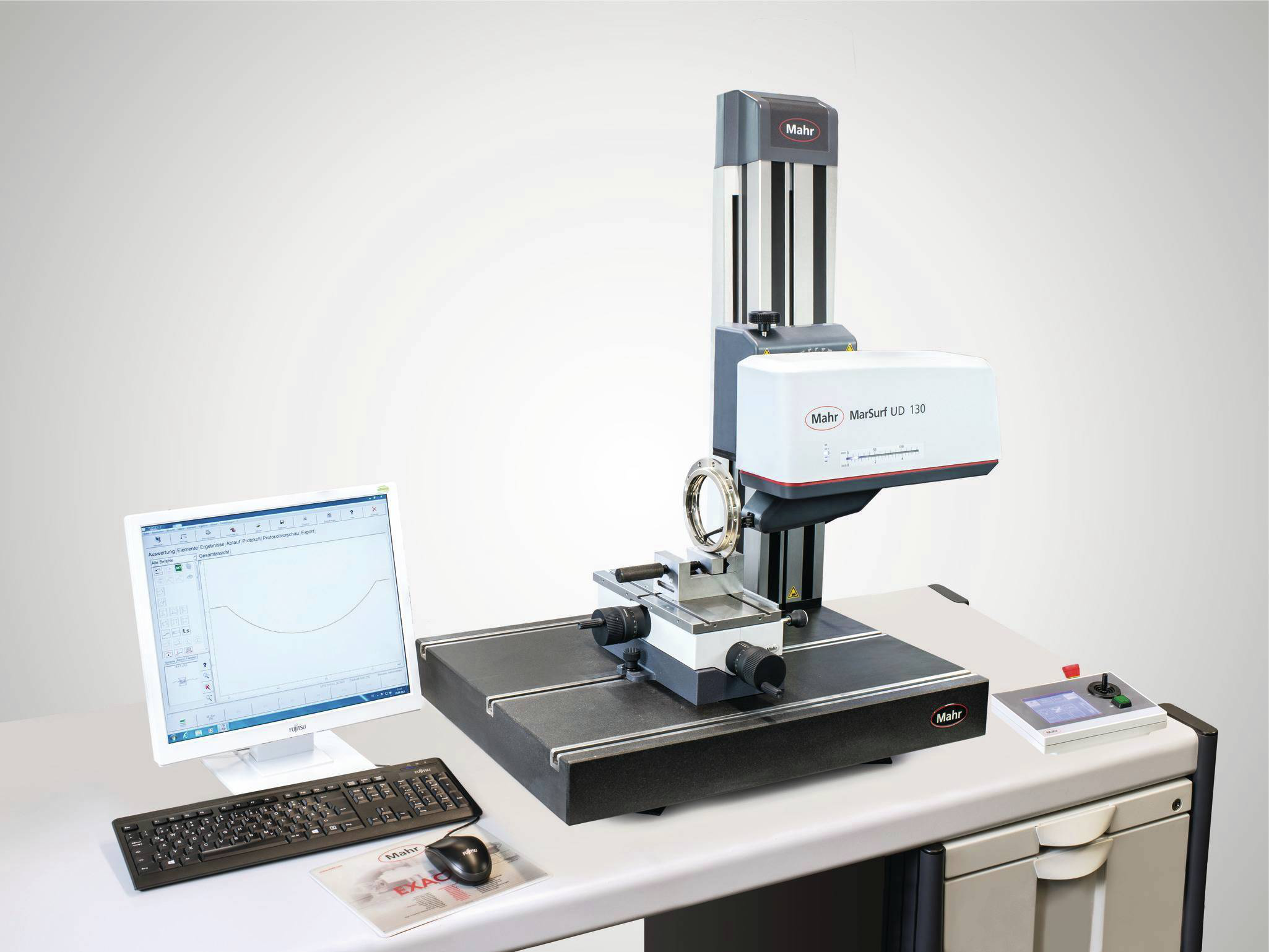
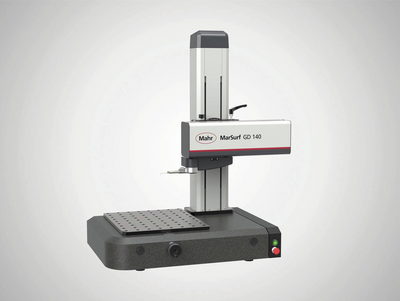

Contour and roughness measurement combined: The professional allrounder

Tactile measuring stations for contour & roughness measurements

2D/3D contour and roughness measurement acc. to ISO 25178 / ISO 4287

3D surface metrology for industry and research
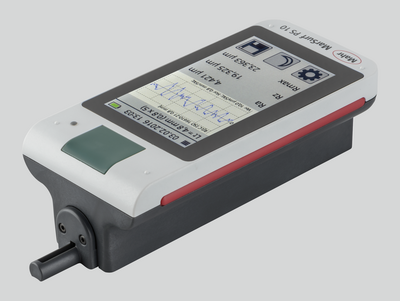
Measure everywhere with mobile measuring devices!
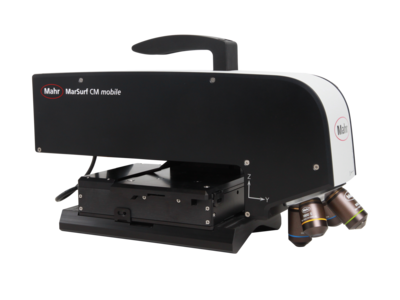
Mobile 3D surface metrology for
use on-site
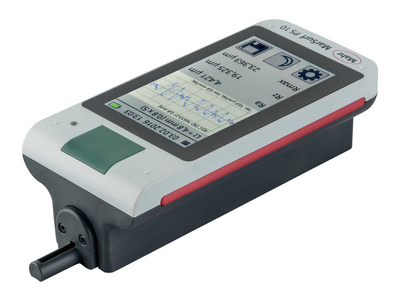
Mobile measuring instruments let you measure exactly where you need the results.

Measuring stations for the measurement of ultra-high sensitivity lenses

When standard solutions are no longer enough: Individual customized solutions
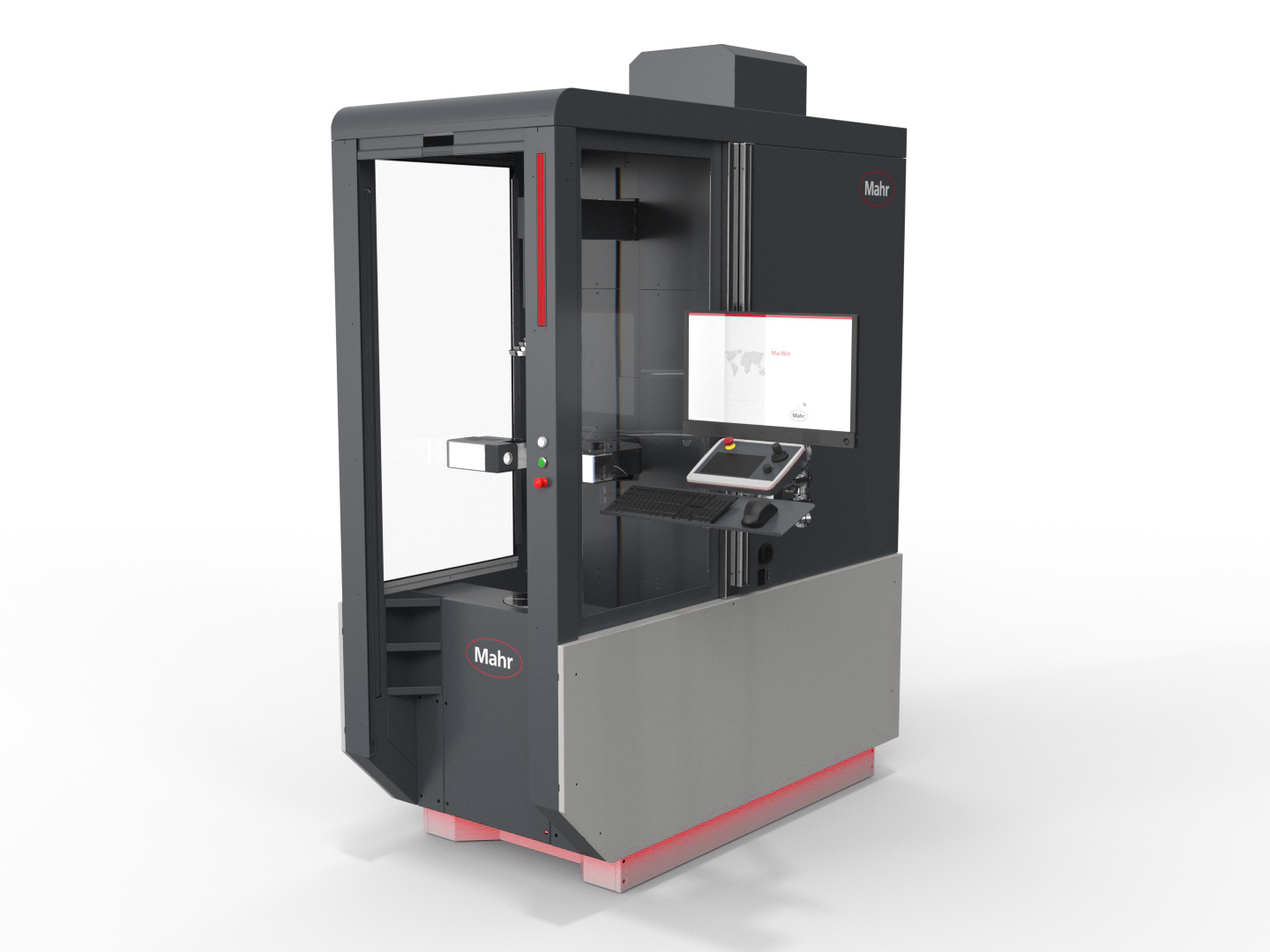
Metrology
Experience outstanding features combined with extreme flexibility in workpiece size and increase your productivity in the production environment.
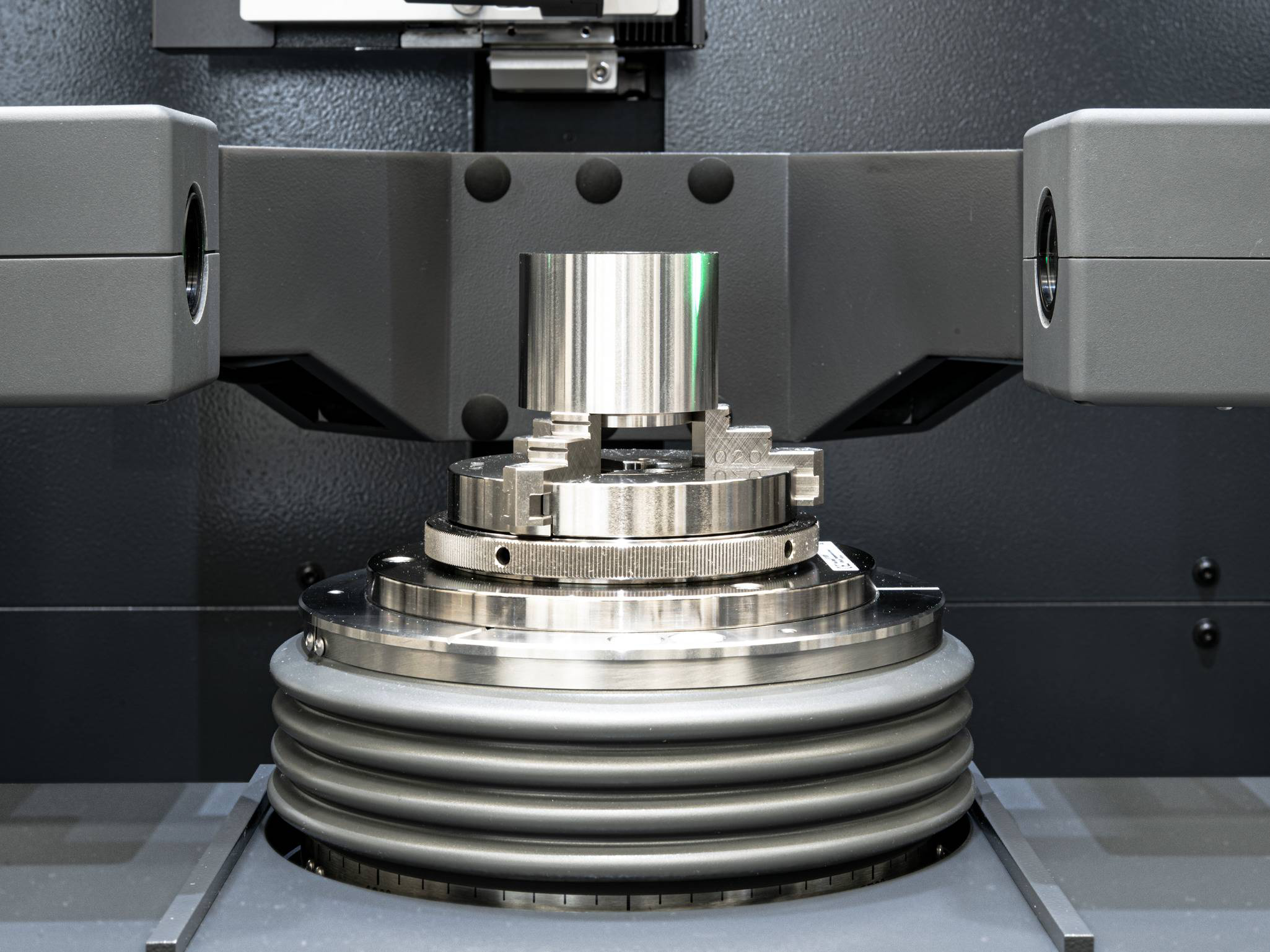
Fast optical matrix camera in combination with high-precision touch probes for measuring a large number of features on rotationally symmetrical workpieces. Addition of a fully automatic centering and tilting table for extremely fast, mechanical alignment, flexible clamping options and, for example, internal measurements.

Fast optical matrix camera in combination with high-precision touch probes for measuring a large number of features on rotationally symmetrical workpieces.
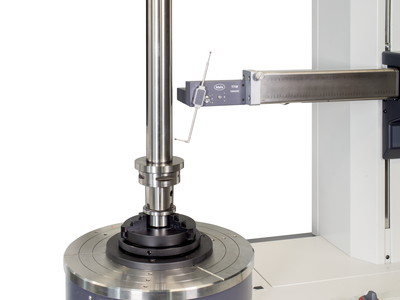
Systems for testing form and position tolerances, such as roundness, flatness, straightness, coaxiality and other measuring tasks. From manual to fully automated.

The device measure features such as roundness, straightness and concentricity simply, cost-effectively, and yet with high precision. Our manual form measuring instruments are suitable for both the measuring room and for measurements close to production.
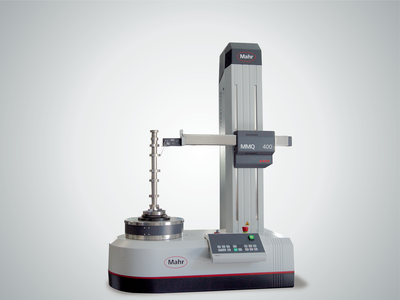
With our automatic form measuring systems, you reduce your process costs, but without driving up inspection costs - through stable, innovative devices with the highest level of automation, flexibility and accuracy.
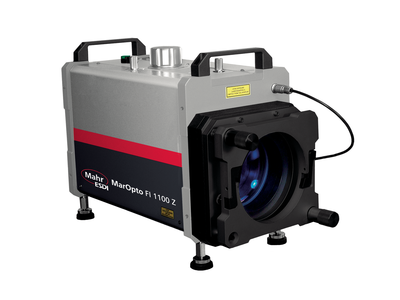
Powerful MarOpto Fizeau interferometers can provide contactless measurements on flats and spherical surfaces.

Metrology
Experience outstanding features combined with extreme flexibility in workpiece size and increase your productivity in the production environment.

Fast optical matrix camera in combination with high-precision touch probes for measuring a large number of features on rotationally symmetrical workpieces.

Fast optical matrix camera in combination with high-precision touch probes for measuring a large number of features on rotationally symmetrical workpieces. Addition of a fully automatic centering and tilting table for extremely fast, mechanical alignment, flexible clamping options and, for example, internal measurements.
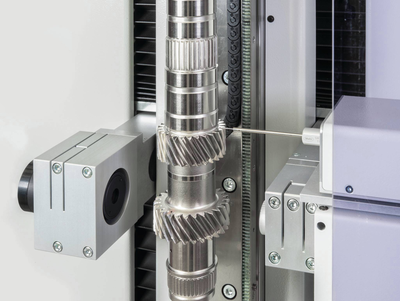
Optical and tactile shaft measurement systems for use in harsh manufacturing environments. Complete measurement of all common rotationally symmetrical workpieces.
.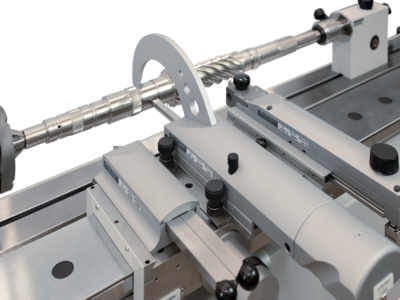
Flexible, tactile shaft measuring machines for high-precision inspection of rotationally symmetrical workpieces directly in the harsh manufacturing environment.
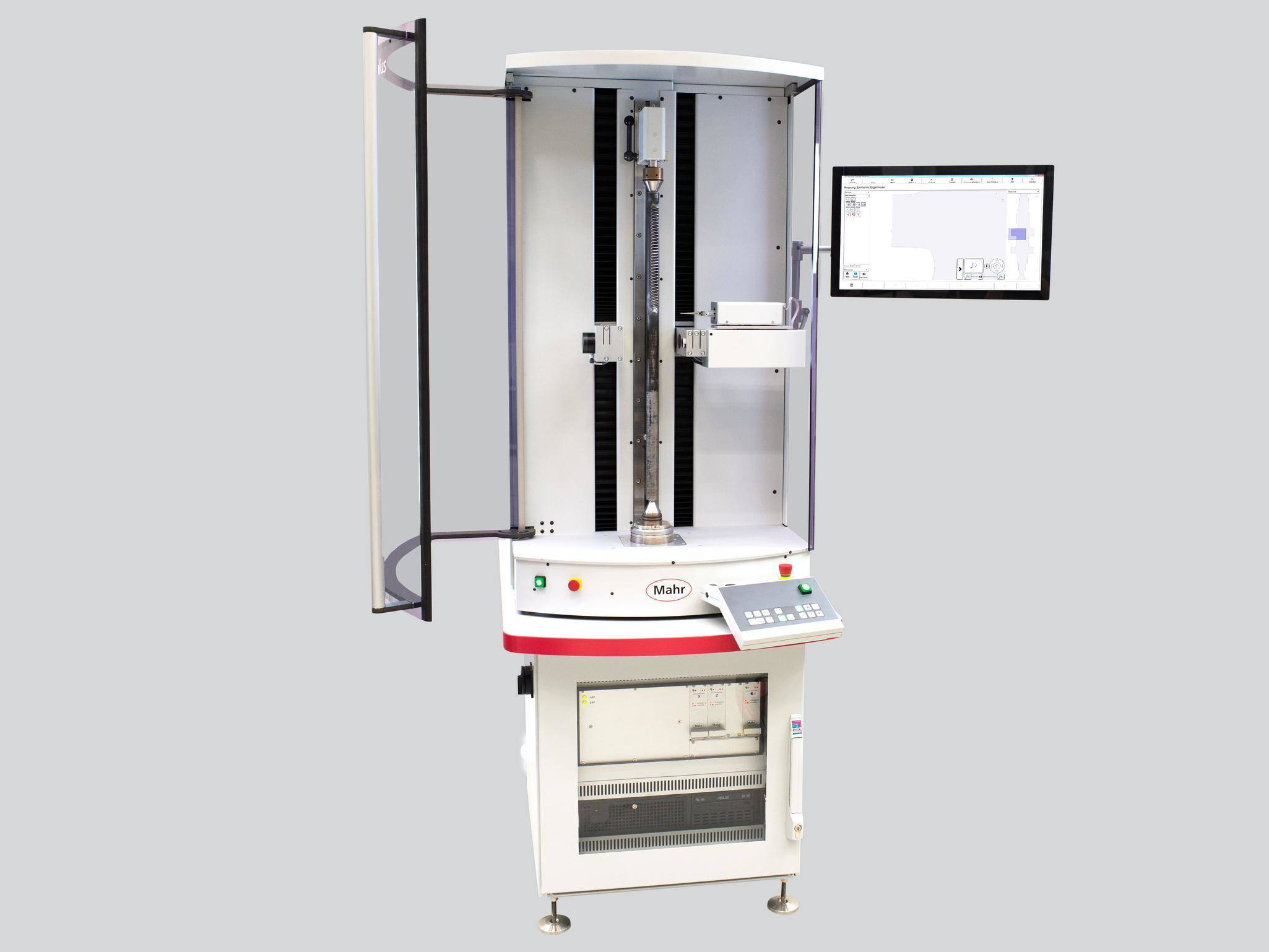
Optical and tactile shaft measurement systems for use in harsh manufacturing environments. Complete measurement of all common rotationally symmetrical workpieces.
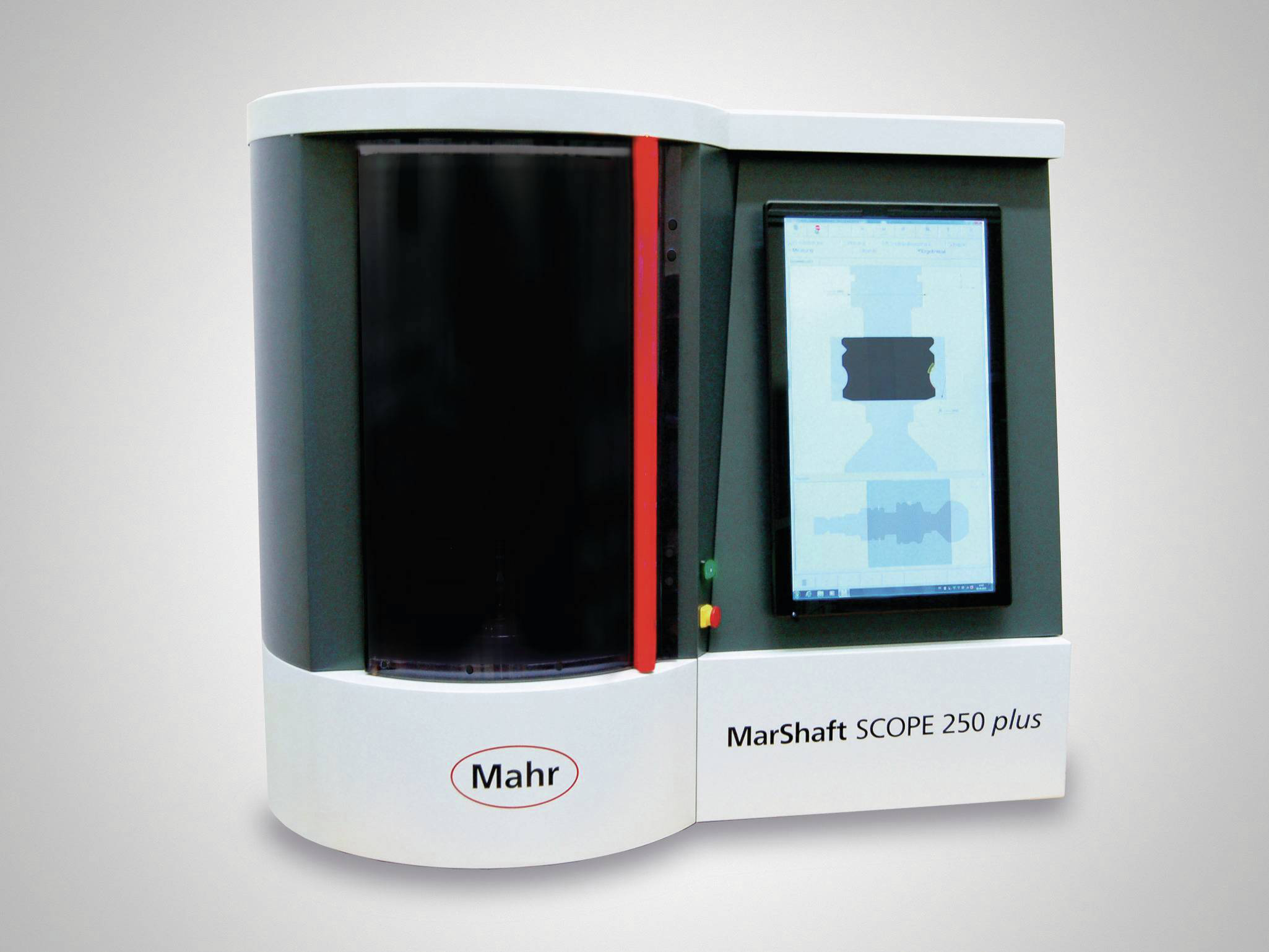
Universal, fully automatic and robust optical shaft measuring machines for use in harsh workshop environments.

Metrology
Experience outstanding features combined with extreme flexibility in workpiece size and increase your productivity in the production environment.

Fast optical matrix camera in combination with high-precision touch probes for measuring a large number of features on rotationally symmetrical workpieces. Addition of a fully automatic centering and tilting table for extremely fast, mechanical alignment, flexible clamping options and, for example, internal measurements.

Fast optical matrix camera in combination with high-precision touch probes for measuring a large number of features on rotationally symmetrical workpieces.
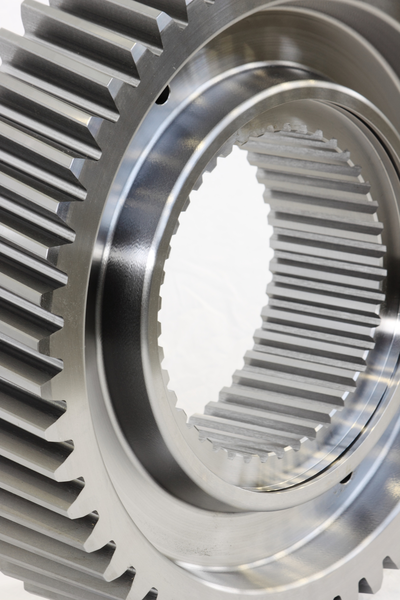
From highly specialized gear analyses to fully integrated series measurement - Mahr is your reliable partner at every level of modern gear and gearbox manufacturing.
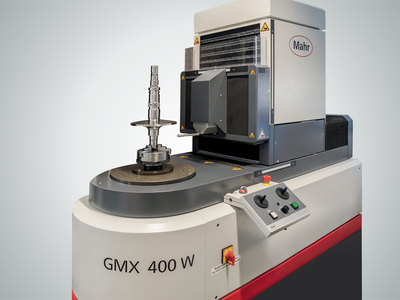
MarGear are our flexible gear and cylinder coordinate measuring instruments. Whenever fast feedback is required in the simultaneous production of several different features, MarGear is the right choice. Whether form&position, dimension or high-precision and fully automated inspection of gears: MarGear solves the measurement task.
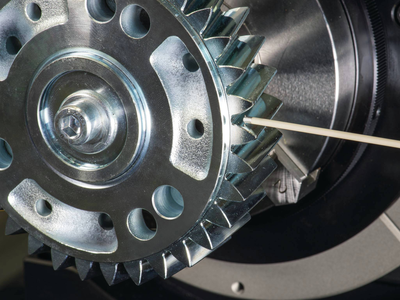
Measure your product at the point of origin - including rapid feedback to the manufacturing process in order to avoid waste.

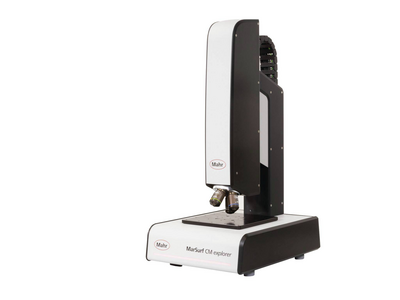
Wide range of technologies and products for fast and contactless recording of surfaces and geometries.

Microscopes are used in almost all industries for the quick inspection of distances, radii, and angles. In the laboratory or close to production.

Determination of roughness, contour and many other surface parameters.
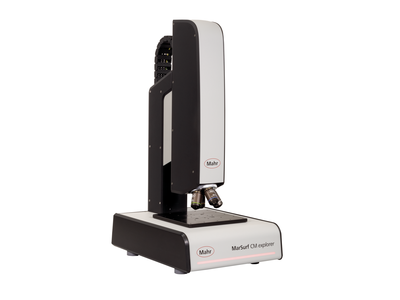
Surface metrology for industry and research
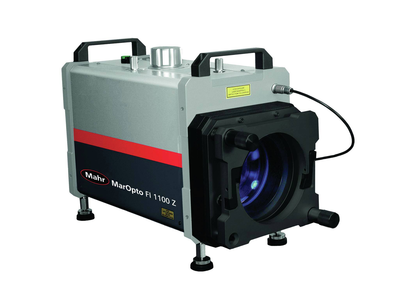
Whether white light or laser interferometer, you will find the right solution for your application.
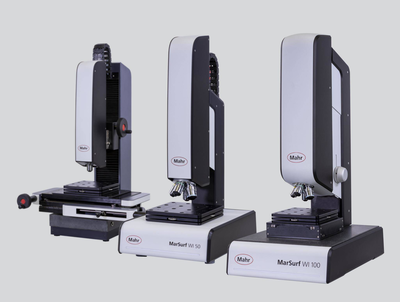
Minimal roughness accurate to the nanometer

Powerful MarOpto Fizeau interferometers can provide contactless measurements on flats and spherical surfaces.
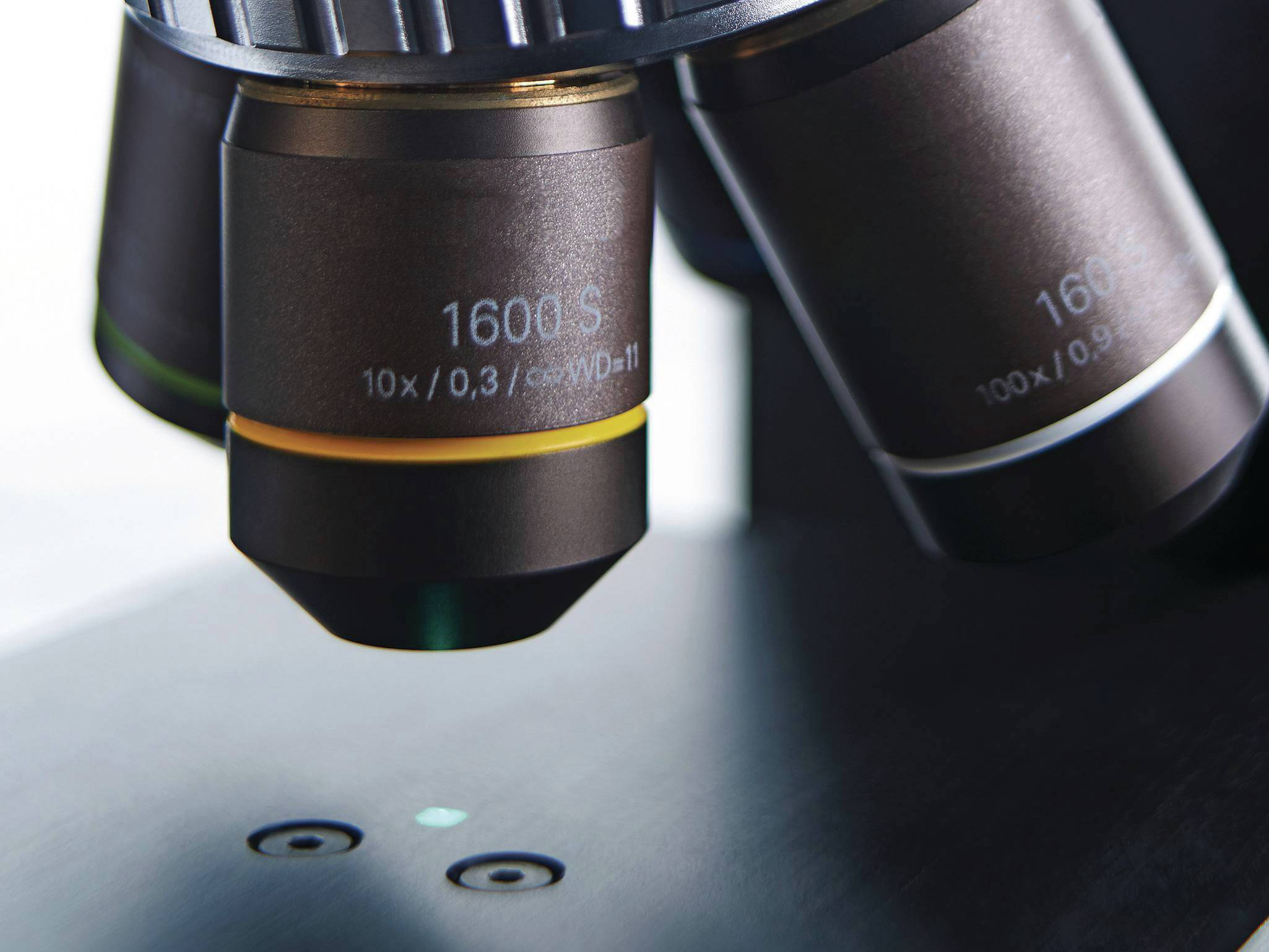
Optical analysis of surface topographies and geometries
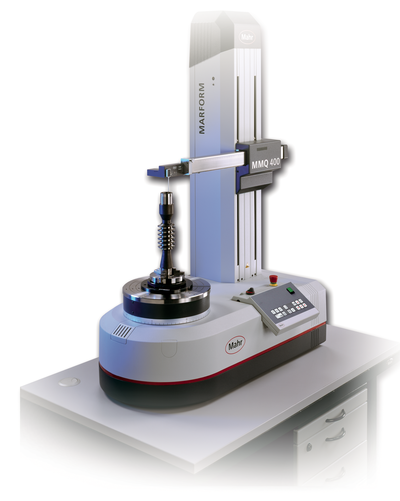
Refurbished systems in proven Mahr quality
The Gaging Environment: Degrees of Control
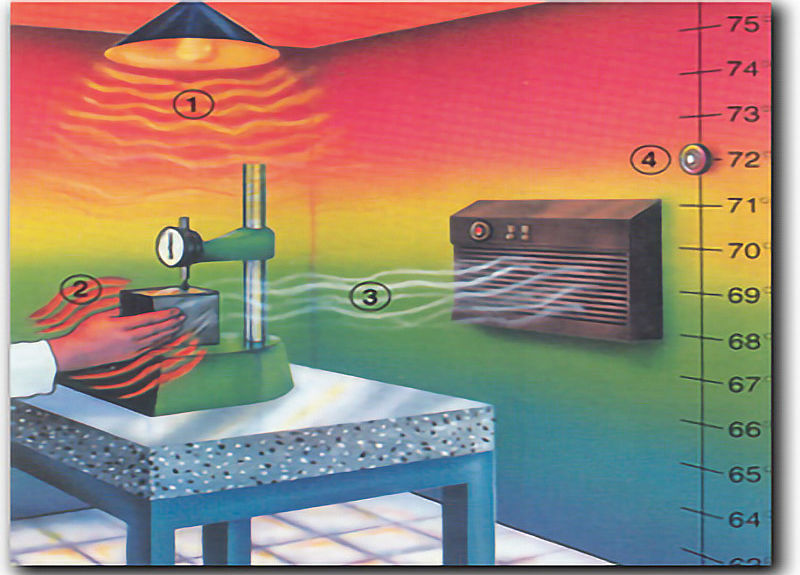
| The environment is often the largest contributor to measurement errors. Conversely, once the environment is under control, great strides can be made in improving the overall measurement process. That's the basic idea behind building a laboratory for dimensional measurement: control the environment to reduce measurement variation and improve agreement with other laboratories. The effort and expense of setting up a controlled environment can vary dramatically. On one extreme you may decide it's necessary to protect a geometry machine or CMM out on the shop floor from dirt, dust, oil mist and sudden changes in temperature. In this case enclosure will probably provide all the protection you need. On the other hand, if it is necessary to measure gage blocks or other dimensional standards, a lot more sophisticated temperature control would be needed to obtain the desired results. In deciding what you need, the first step is to look at the environmental issues that will influence your measuring process. Get out a piece of paper and jot them down. They probably include sources of heat and cooling, such as radiators, windows, vents, operator body heat, lights, sunlight on walls, and perhaps even cold north walls in the winter. You should also jot down other influences such as vibrations sources and humidity, and even things like barometric pressure if laser interferometers are to be used. Then identify the types of measurements you will likely be doing. Are they short, simple measurements with tight tolerances—things like gage blocks, wires or pins? Or are they more complex—parts over 10 inches using big measuring machines with multiple lengths and diameters, for example, that may take up to an hour to measure. These requirements provide hints as to the environmental controls required. You may already have some type of controlled room in place. Is it good enough and how do you tell? The first thing is to check for thermal stability. This takes a bit of time but it doesn't require a lot of effort. The thing to do is to check for thermal drift, first over a short period—say a couple of hours—then overnight, and then over a week. The basic test is the same. Set a gage with a reference dimension and check it for repeat. Do this measurement over several 15 minute increments to see if any short-term gage stabilization issues are changing the zero reading. Then start the longer-term drift check. Place the reference in the gage and let it sit there. Manually or automatically record the values over time. If you don't have a digital gage, set a video camera up to record the hand of the mechanical gage. Your movies may not win any awards for documentaries, but they should be valuable in learning what your temperature control system is doing. You should also be recording the temperature monitor. Compare the gage reading and temperature reading for some often enlightening correlations. When it comes to providing temperature control, the information learned from your needs list comes into play. If you need to do only the basics, a simple on-off temperature control may be enough. On the other hand, mass is an excellent temperature variation compensator. A large mass provides stability despite what may be happening around it. A gage with a large steel base and a large granite or steel plate to rest the sample parts on can help compensate for air temperature changes. Do the stability test, but monitor the air temperature and gage temperature while doing the stability check. You will likely see the air temperature vary a lot, while the gage temperature and reading may change only minimally. But if you're going to have to go to the extreme of building a top-grade temperature controlled room, it's no place to cut corners. In fact, the cost of the equipment to control the environment will probably only run about one-tenth the cost of the employees needed to operate the lab over a ten-year span. Of course, this can vary with the size of the lab and the number of people, but people and their associated cost is always going to be the biggest expense. When going the route of a true controlled environment, you need to follow the ABC's of lab layout. These include: control the temperature around the lab; insulate the lab from the outside environment; prevent sunlight from entering; limit access; think about the type of lighting used and balance the airflow in the room. Most controlled environments use a method that cools the air to a temperature lower than is required, then uses heaters to bring the temperature up to the desired 68 degrees. This type of system is more expensive then an on-off system, but it will control the temperature very precisely. If this is the type of control you need you probably will require a little help from an expert. Companies with demonstrable clean room and temperature control expertise are the ones you would need to talk to. They are experienced with airflow and can work with you to reduce hot or cold spots while making the room comfortable for those doing the work. |
